Day 4 - Walking The Nakasendo, Japan - A Hard Day Full Of Raging Emotions
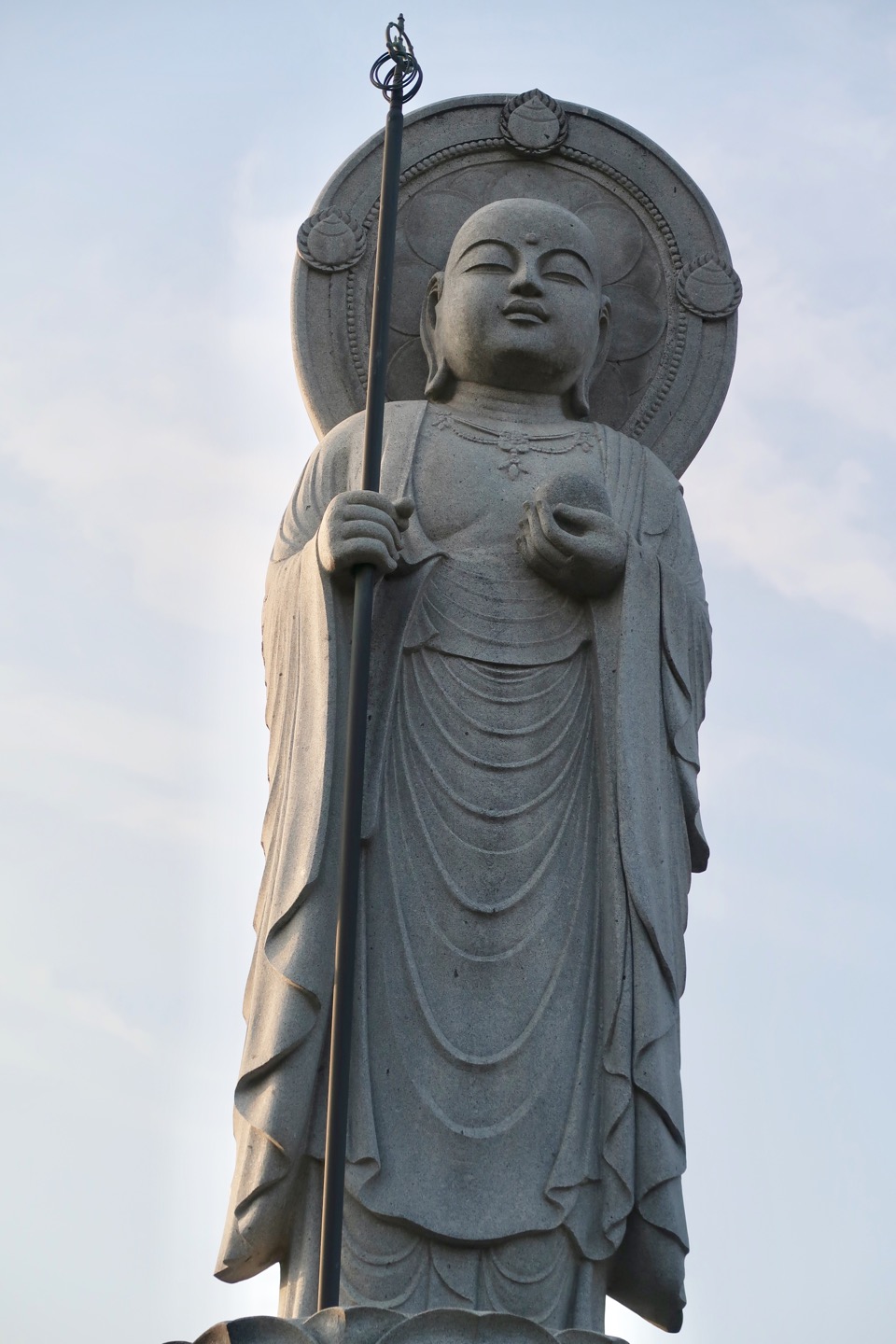
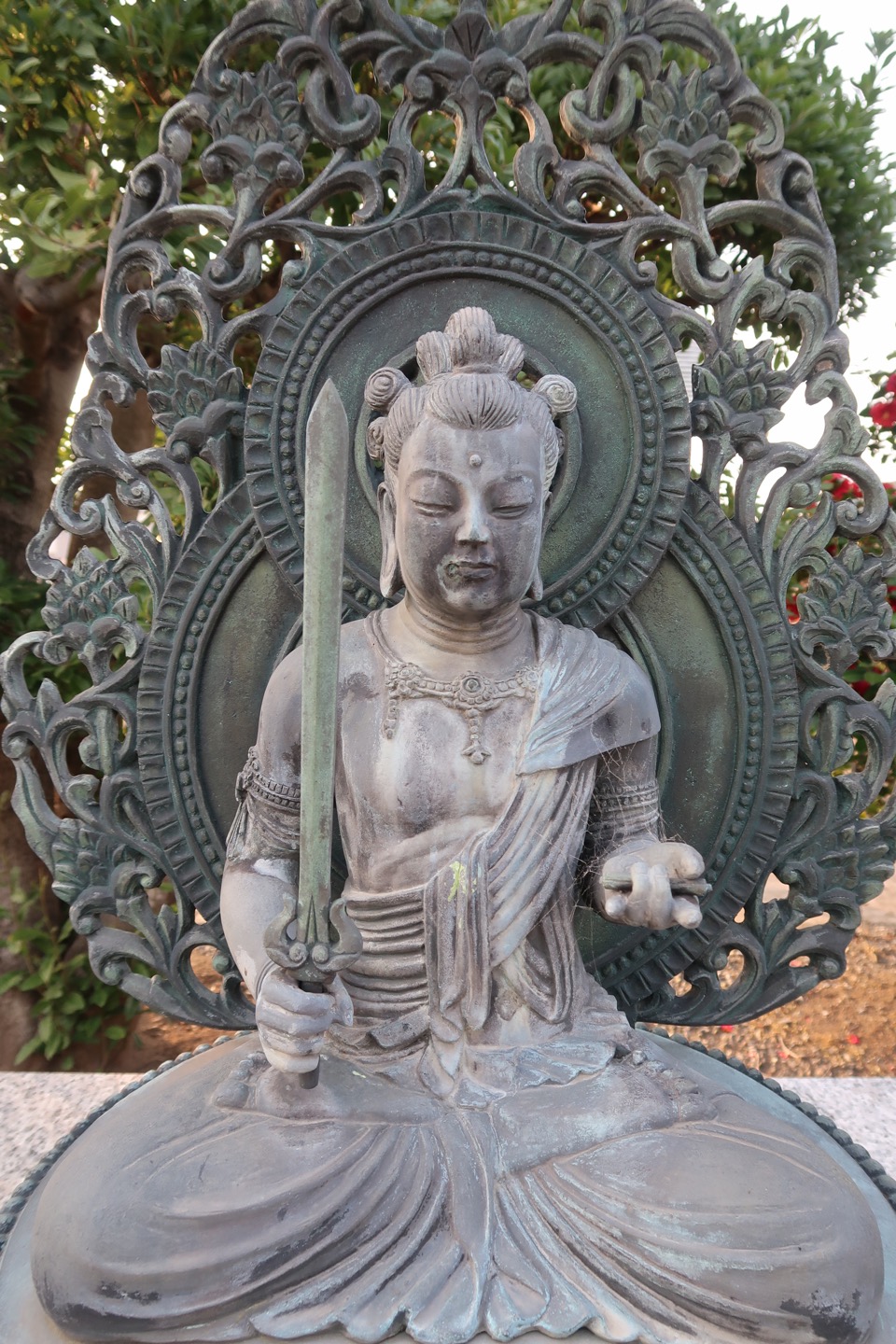
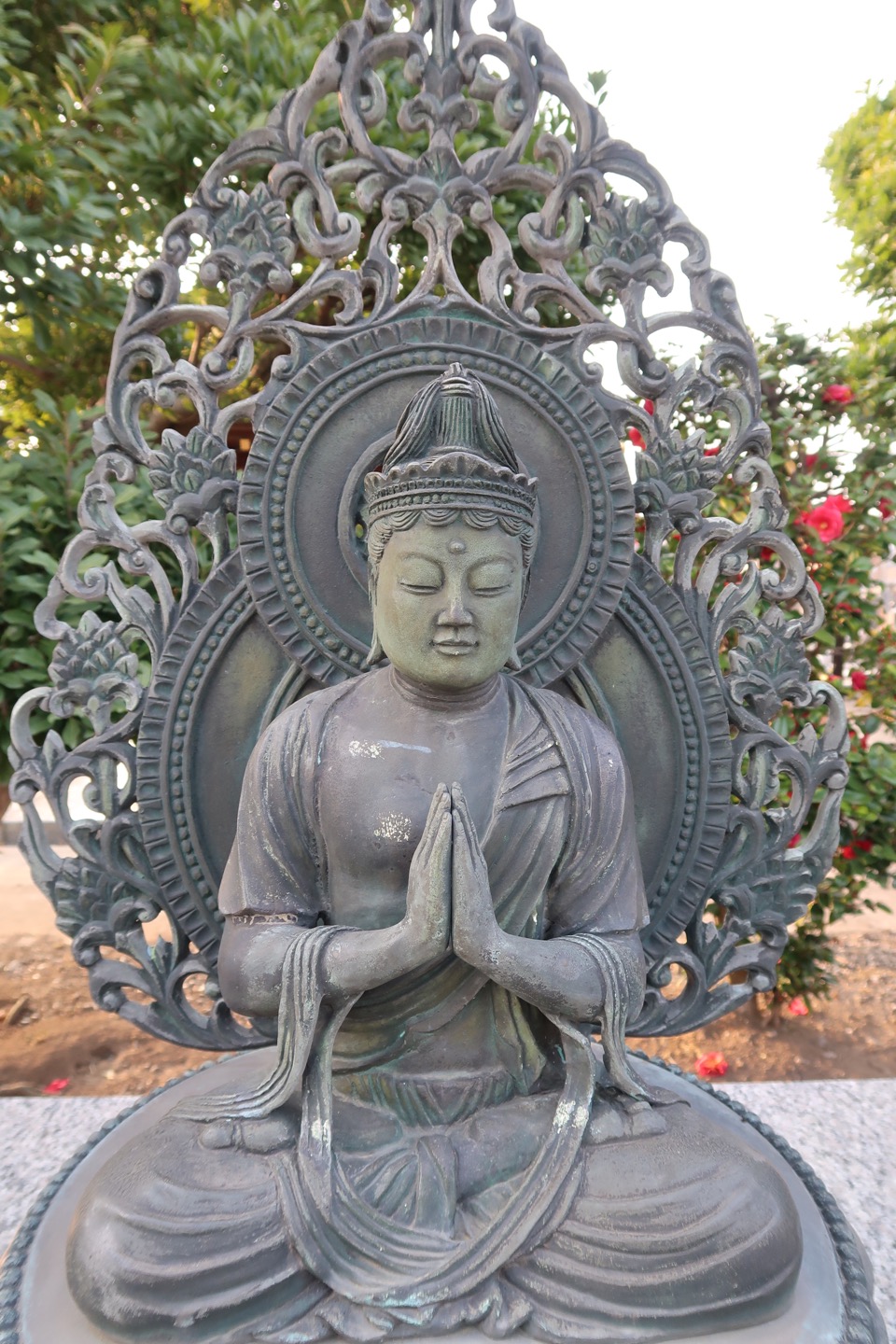
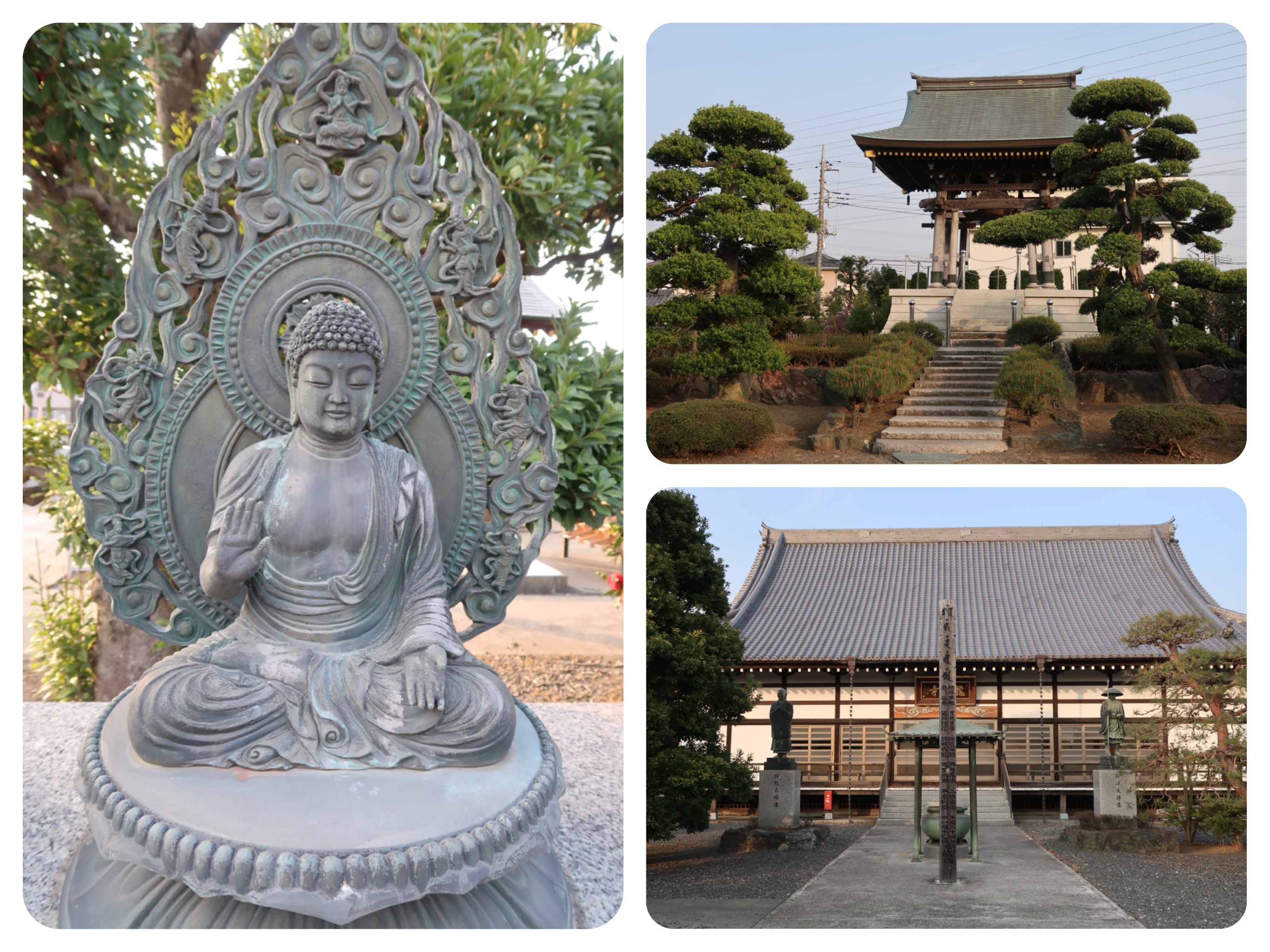
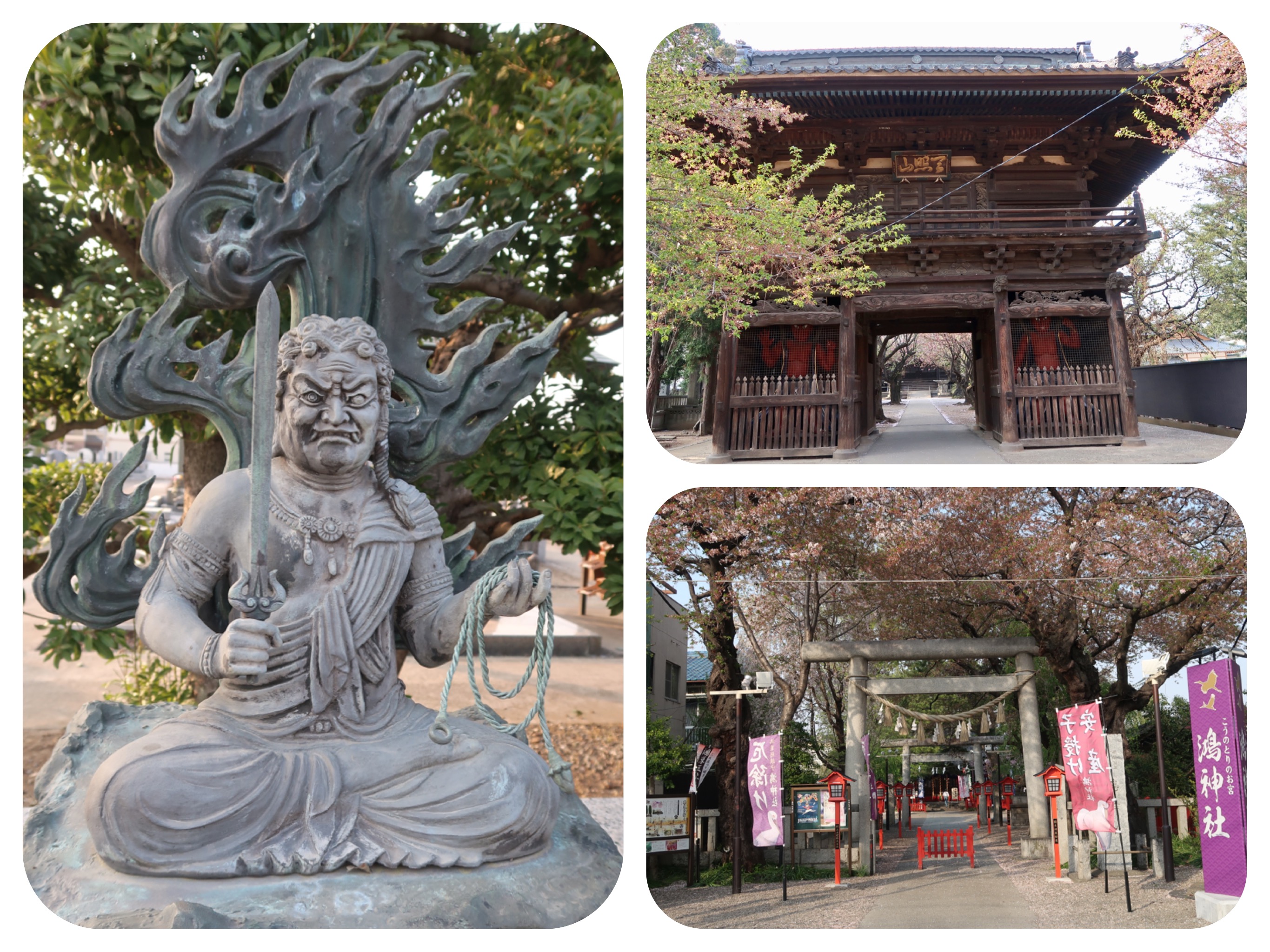
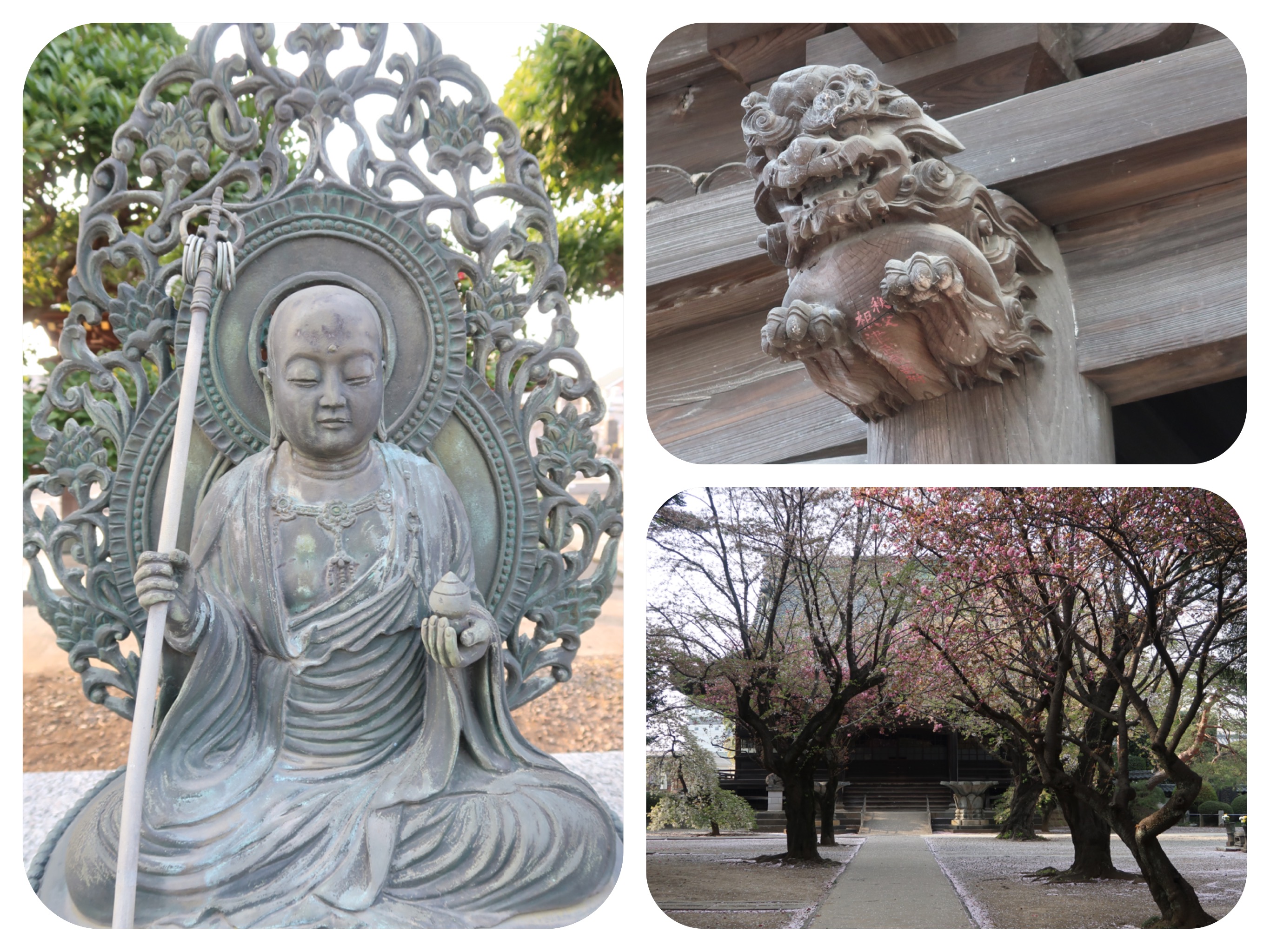
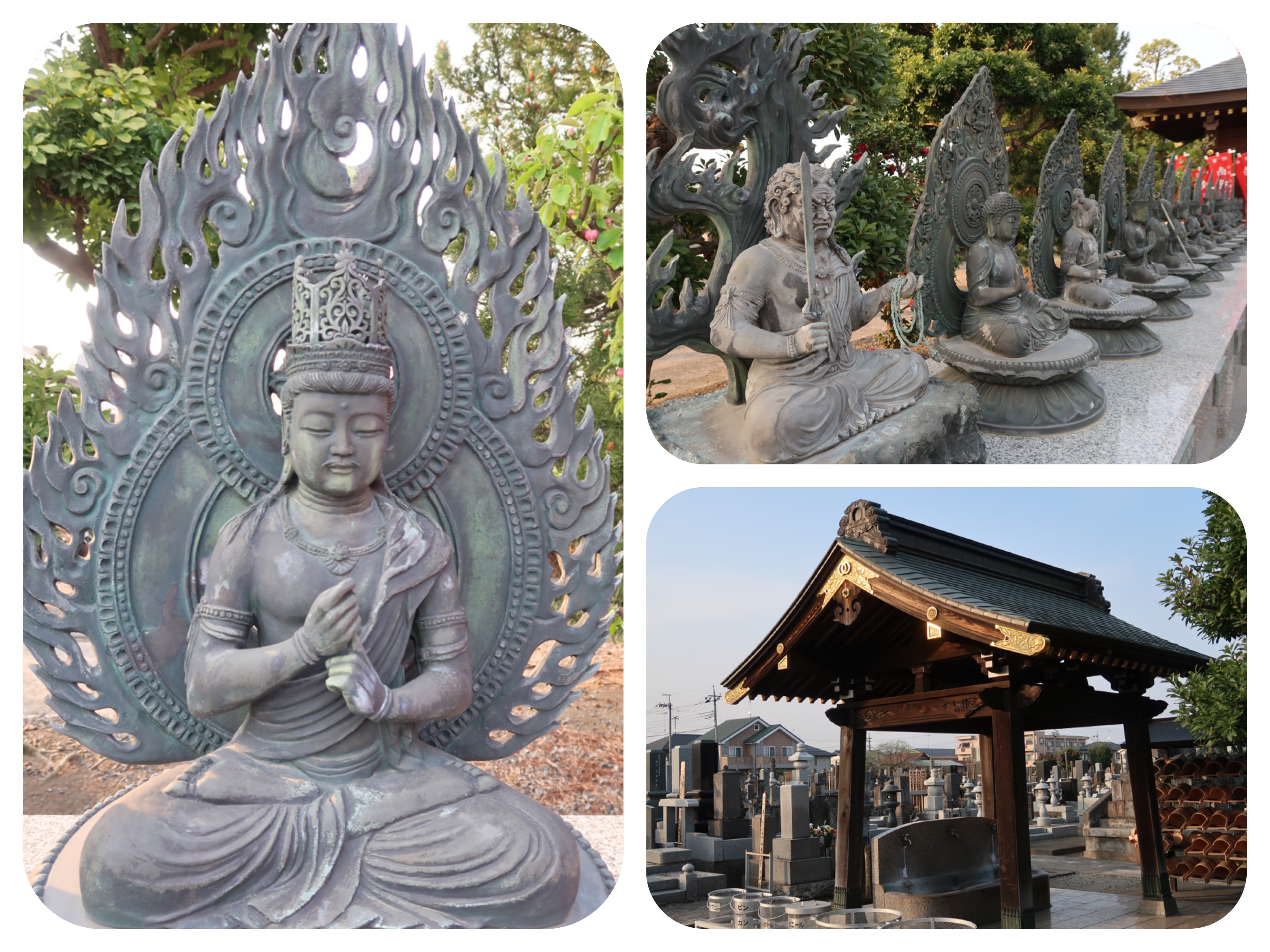
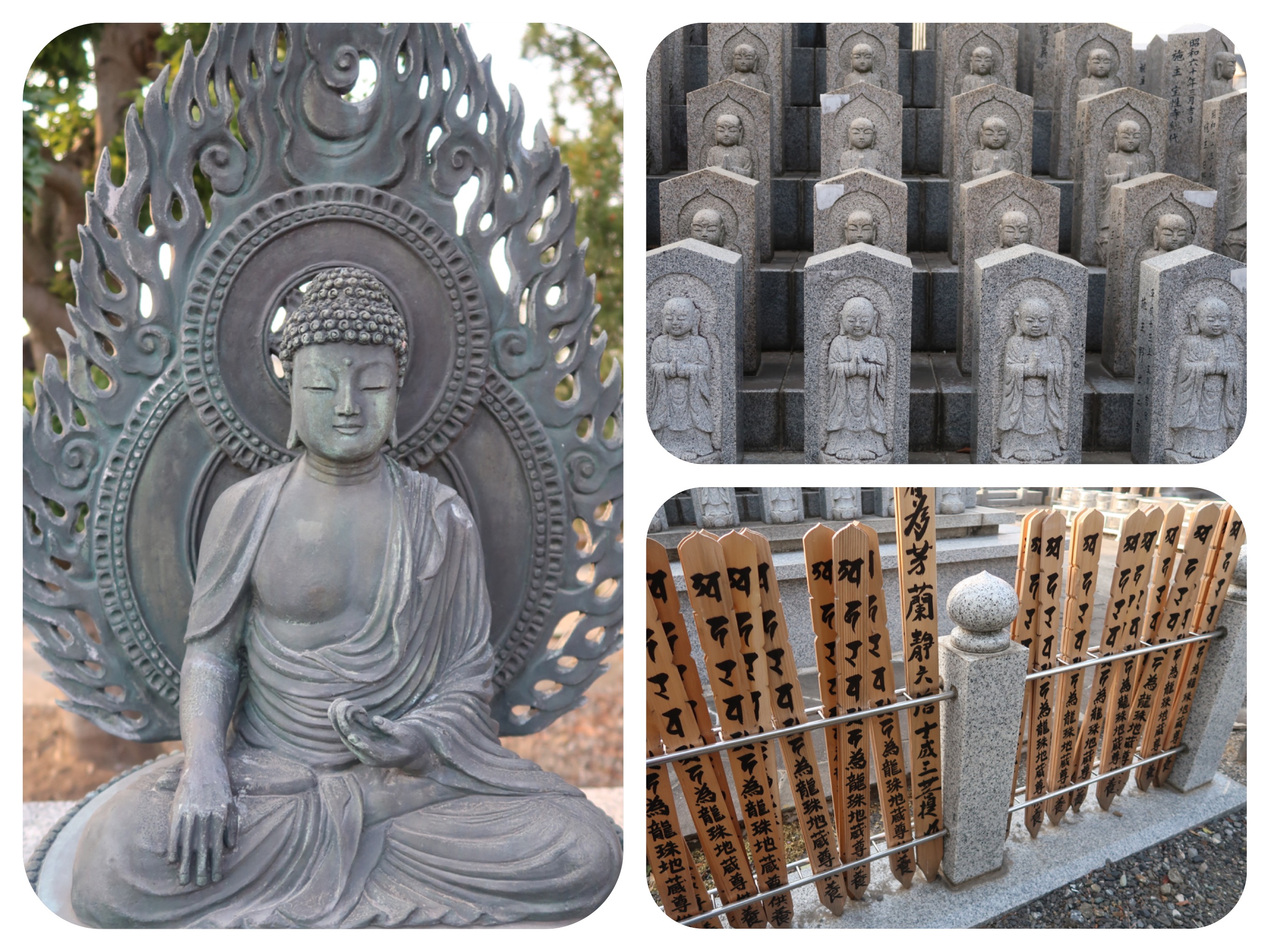
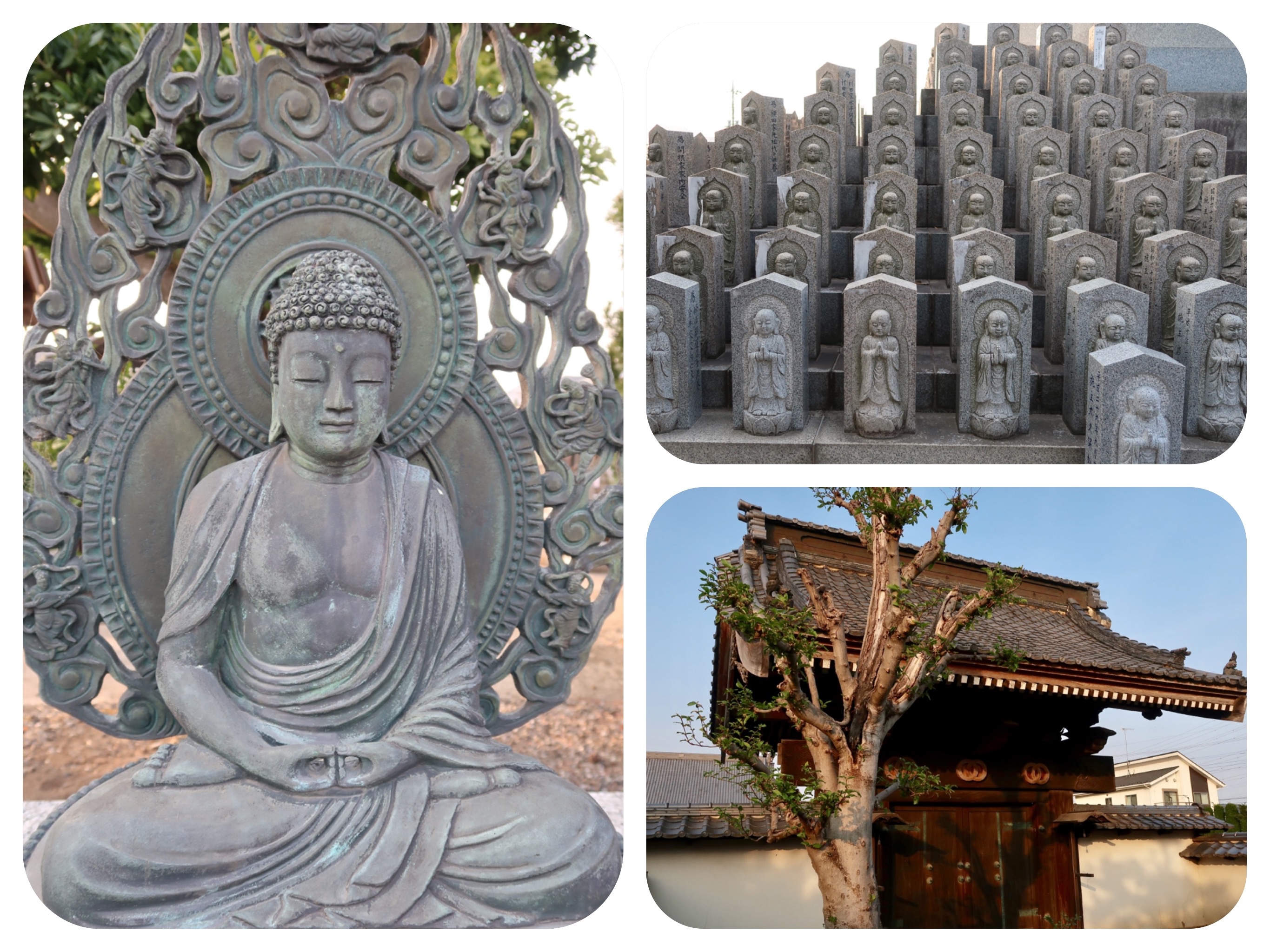
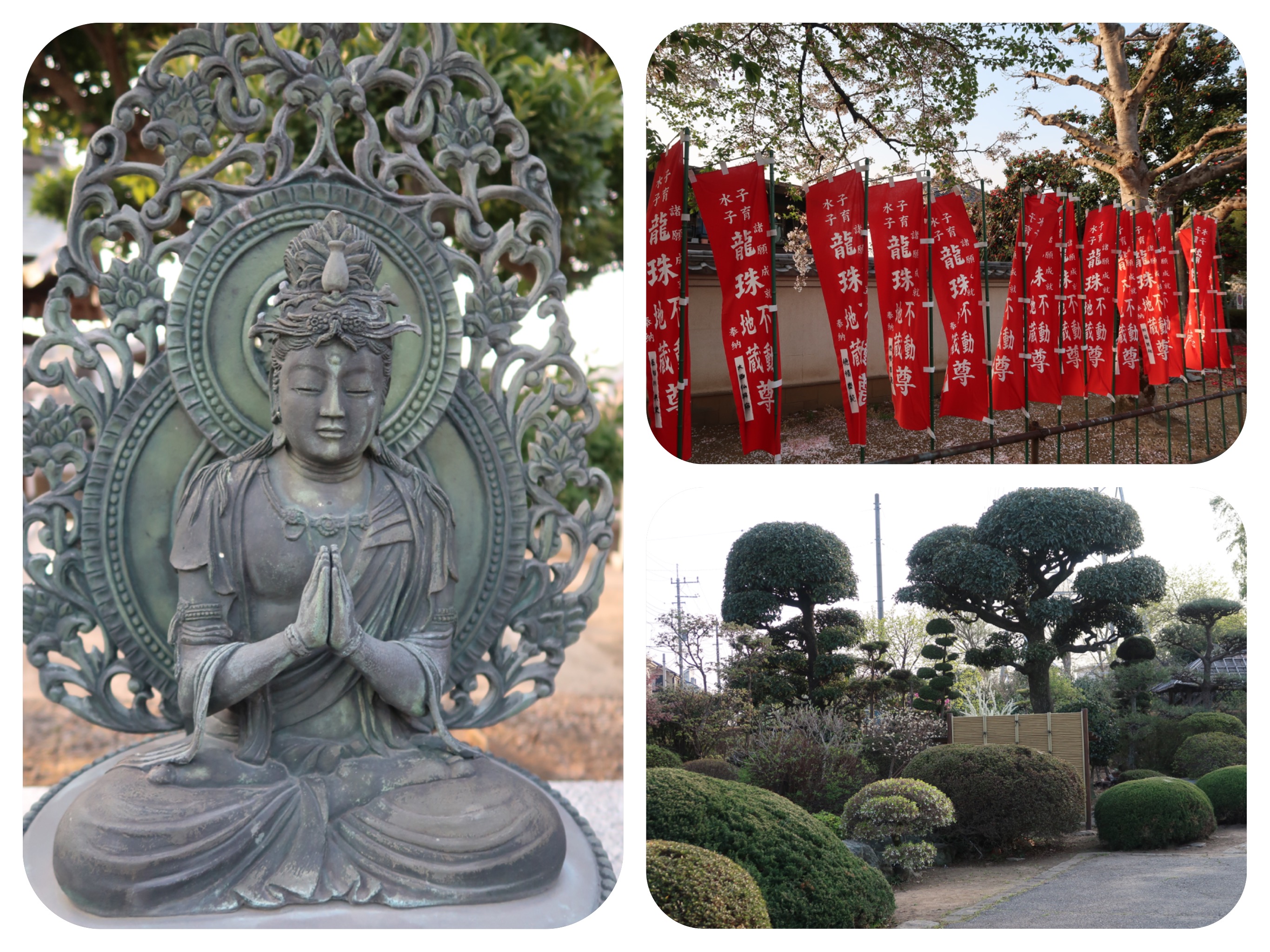
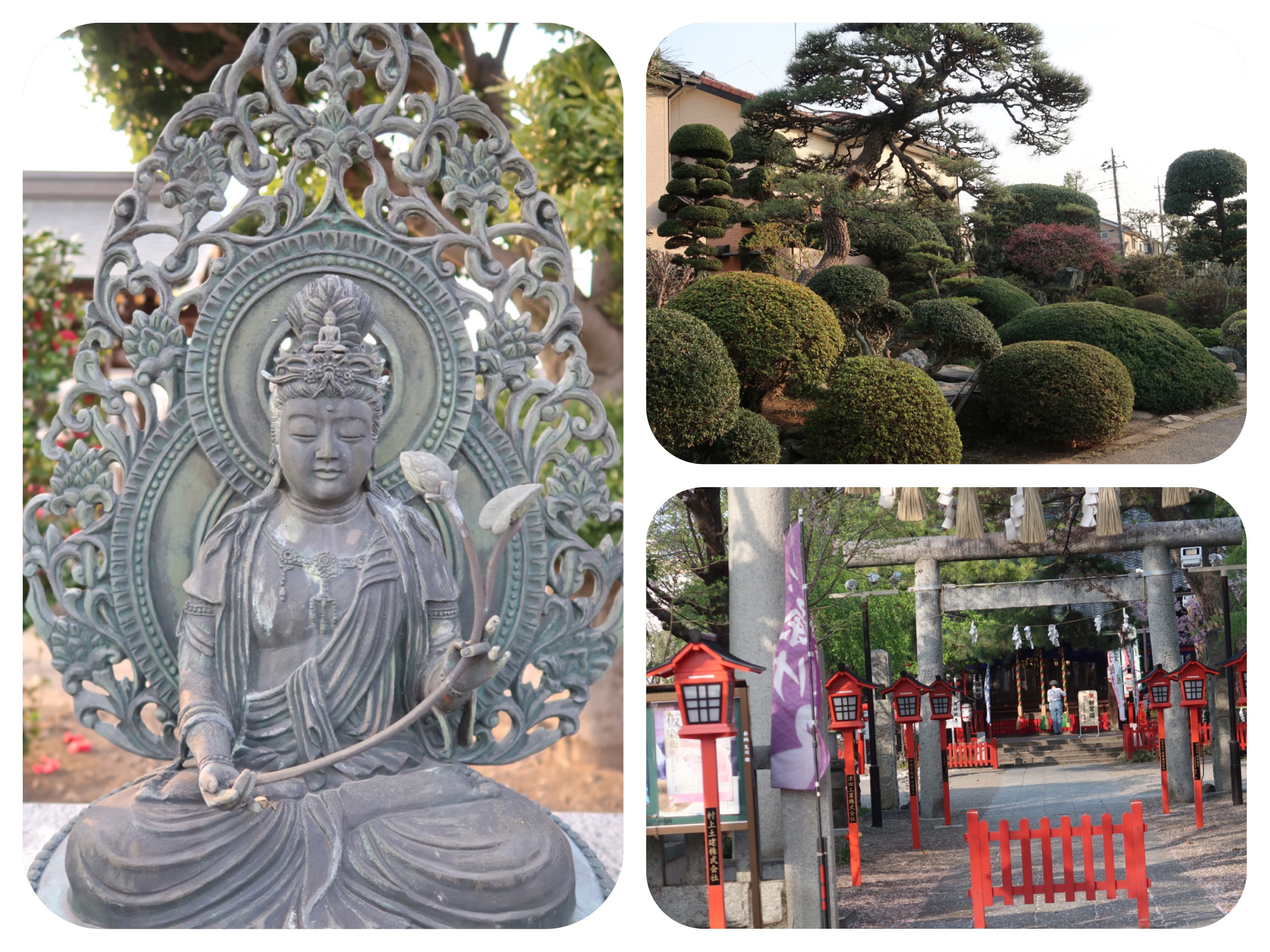
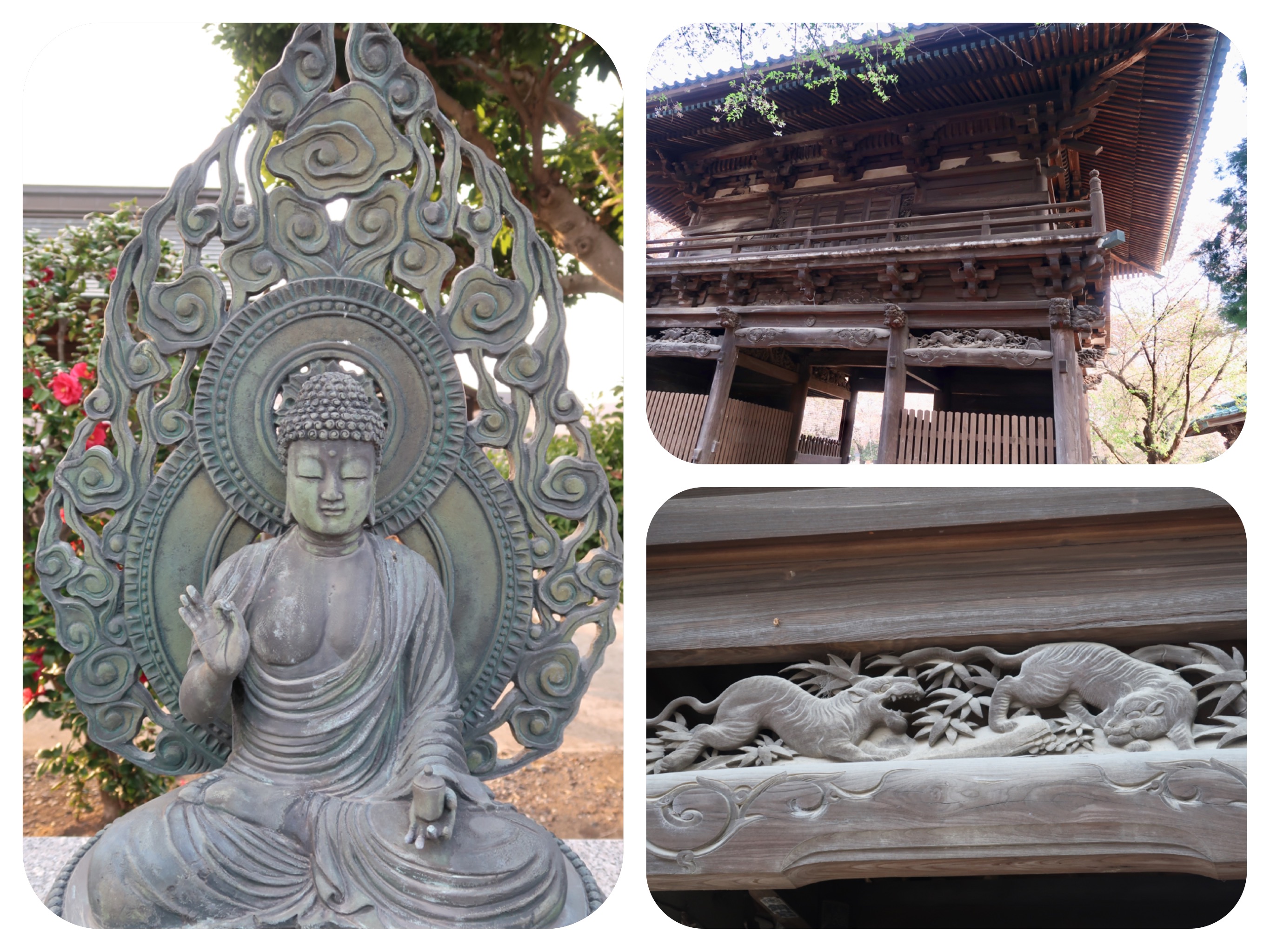
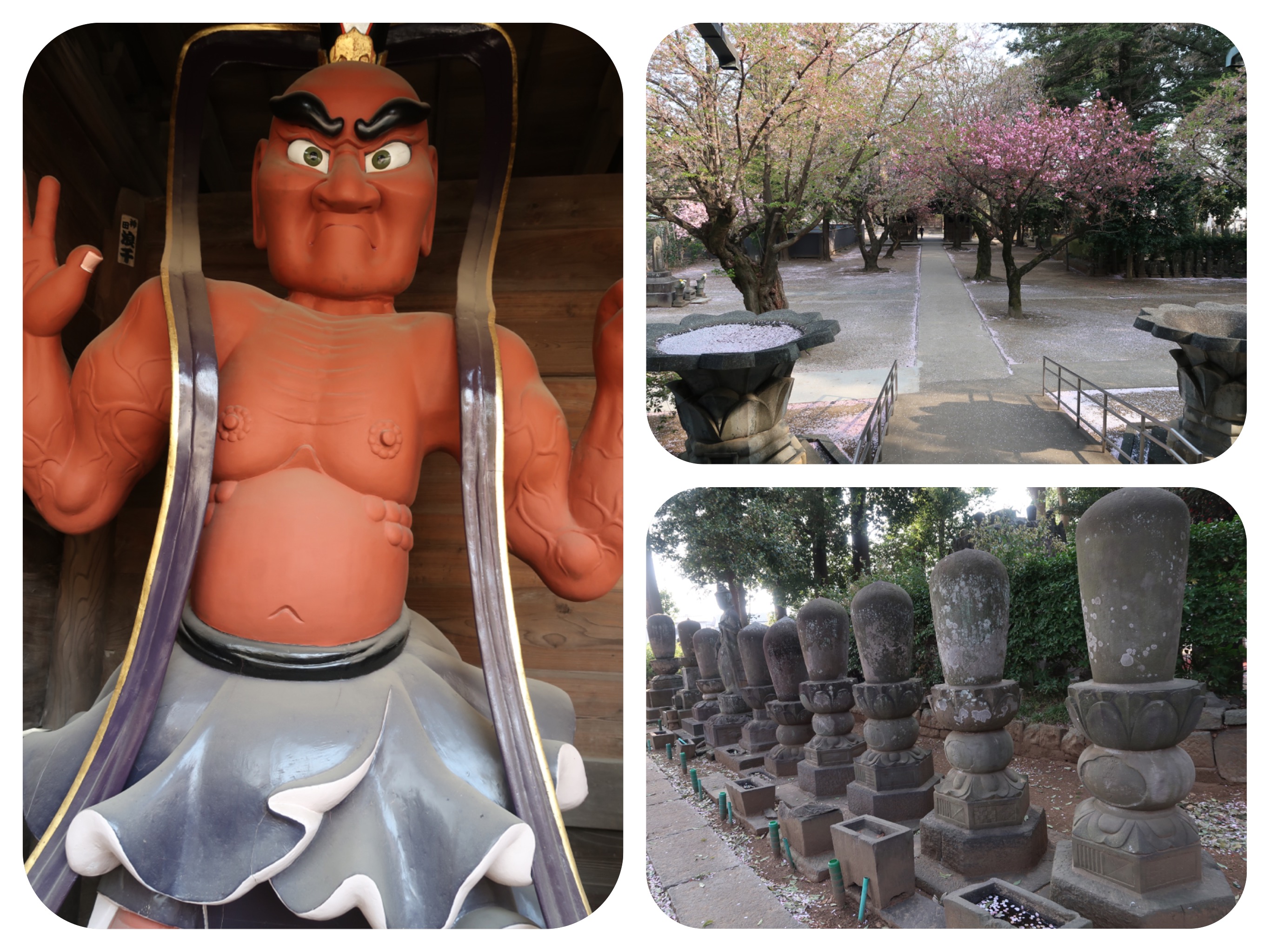
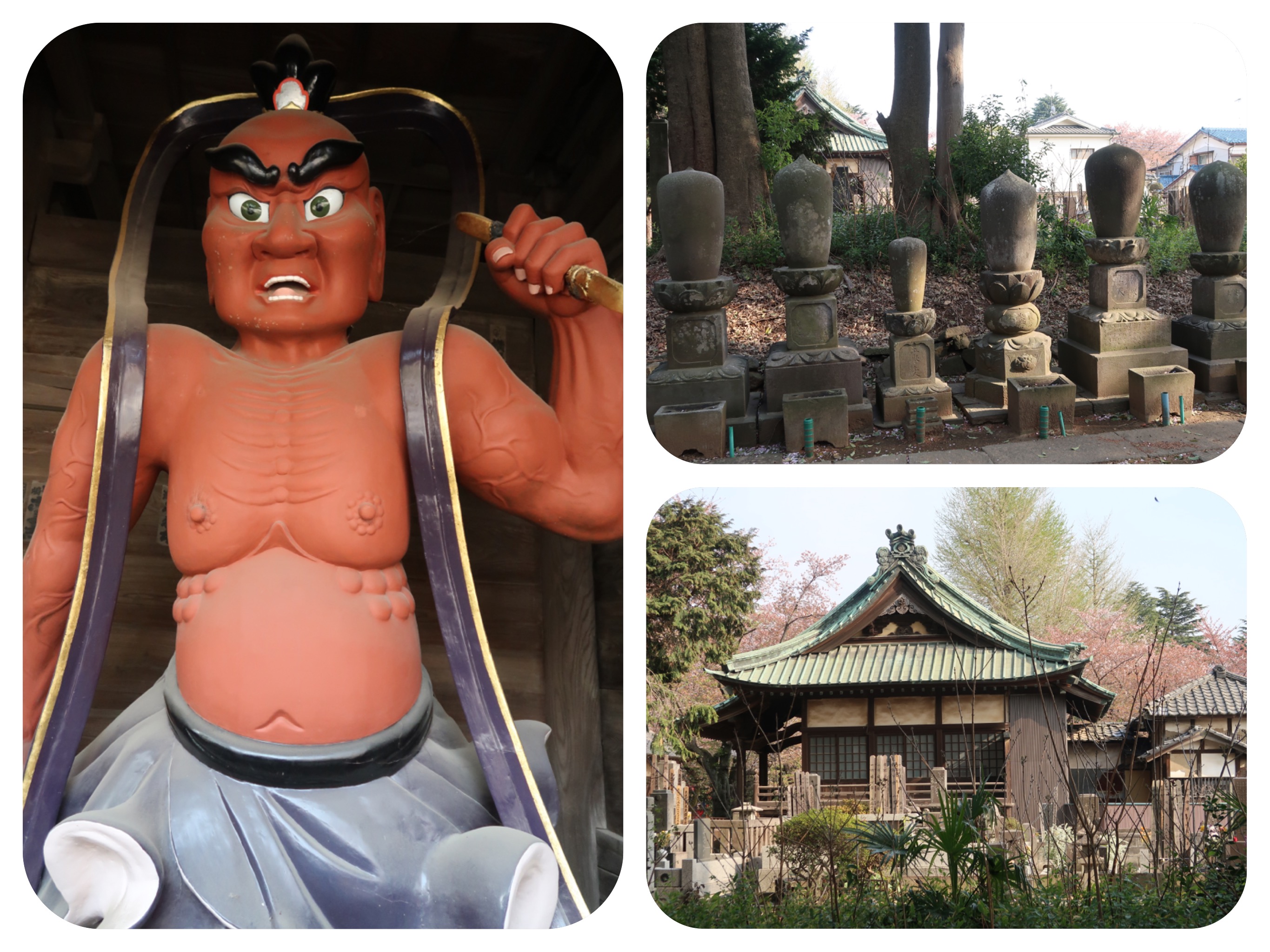
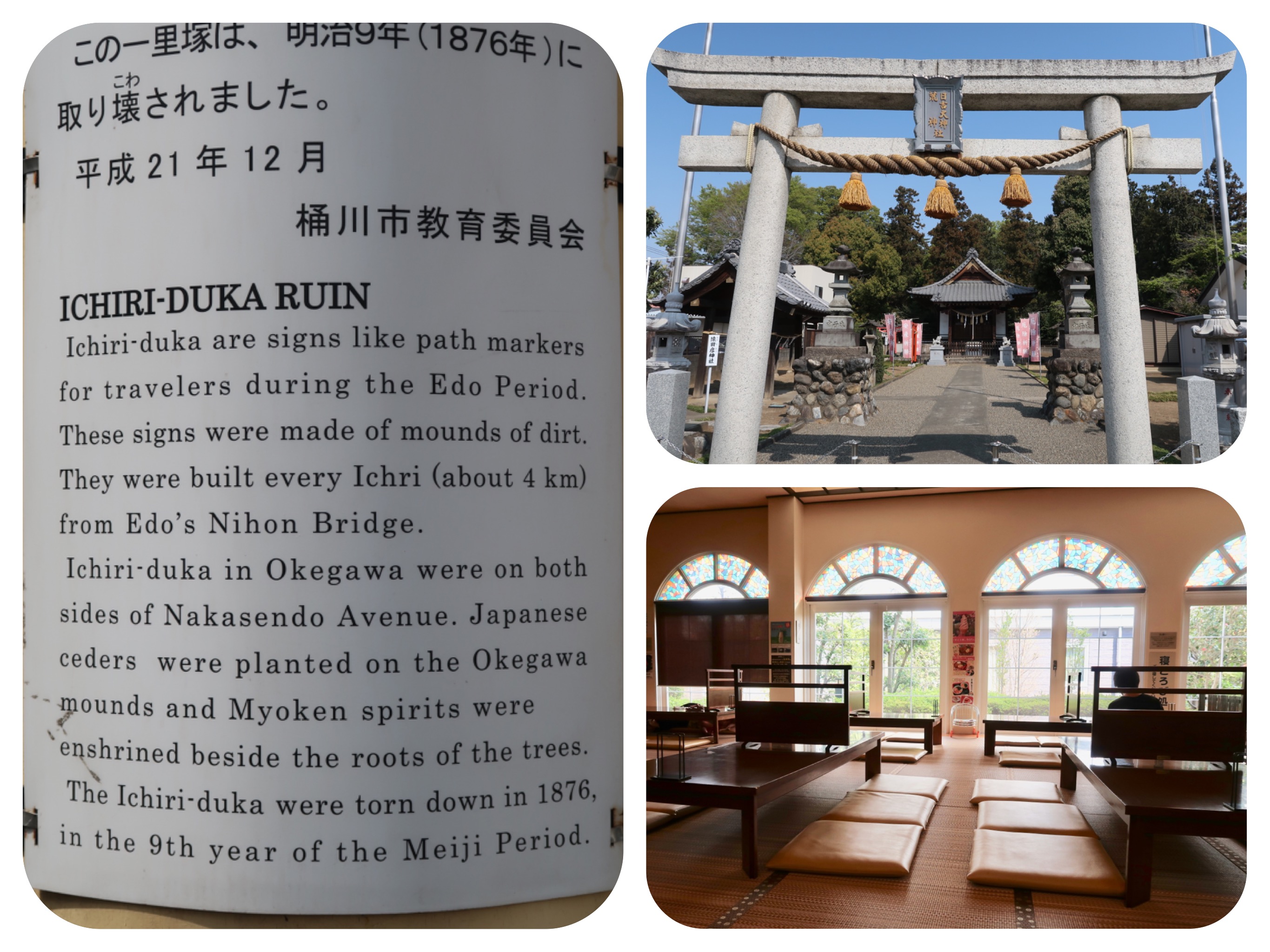
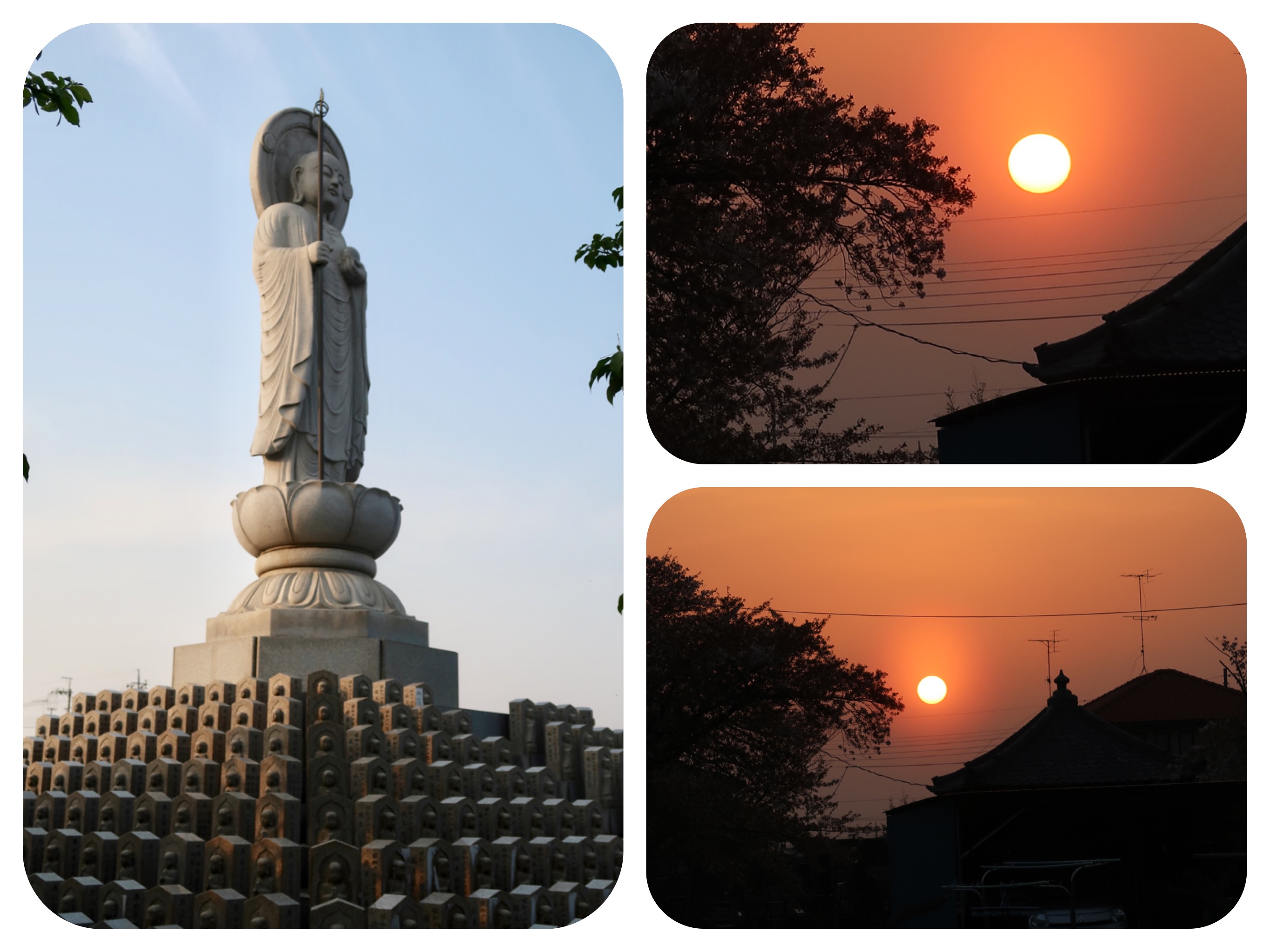
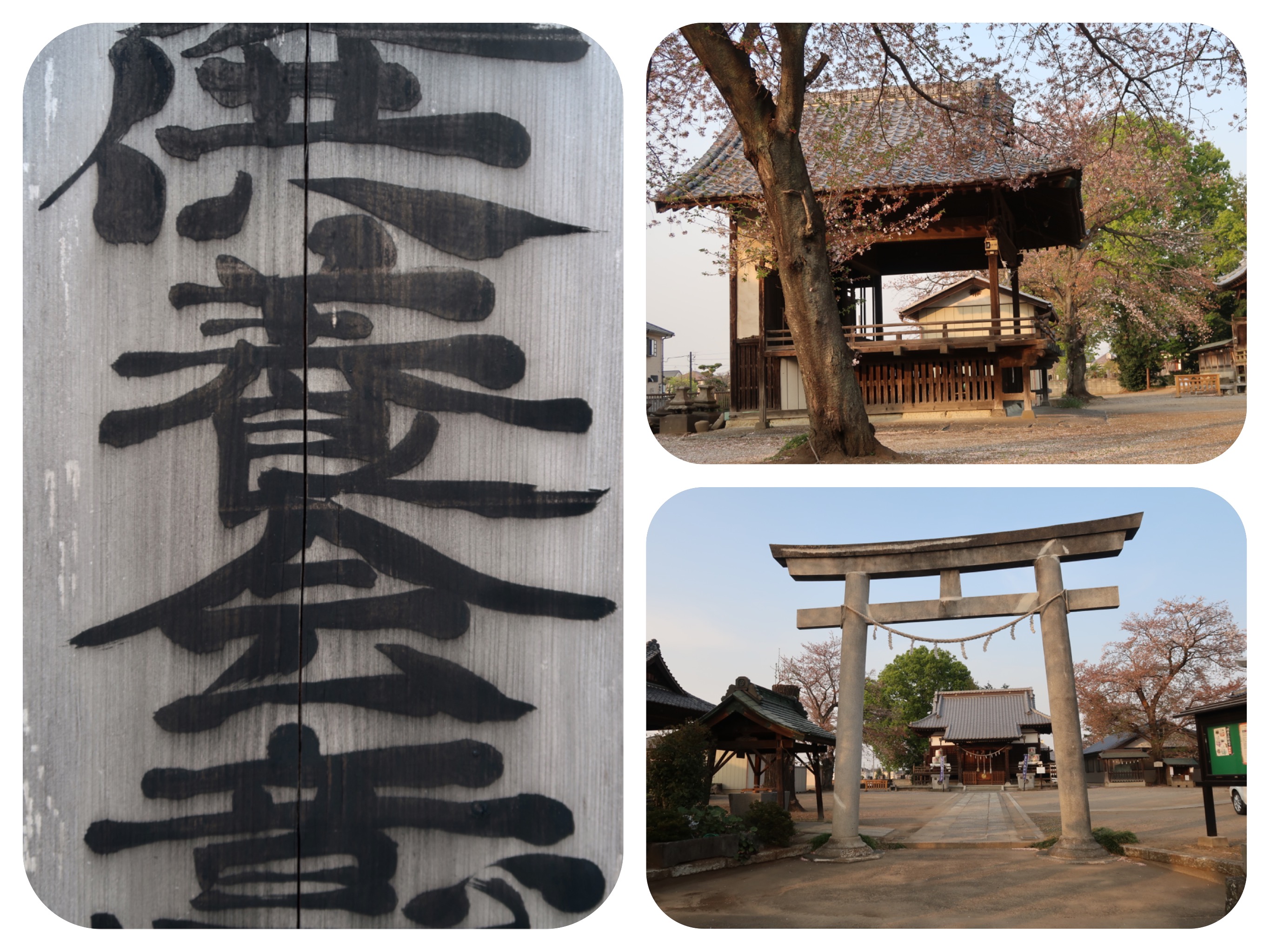
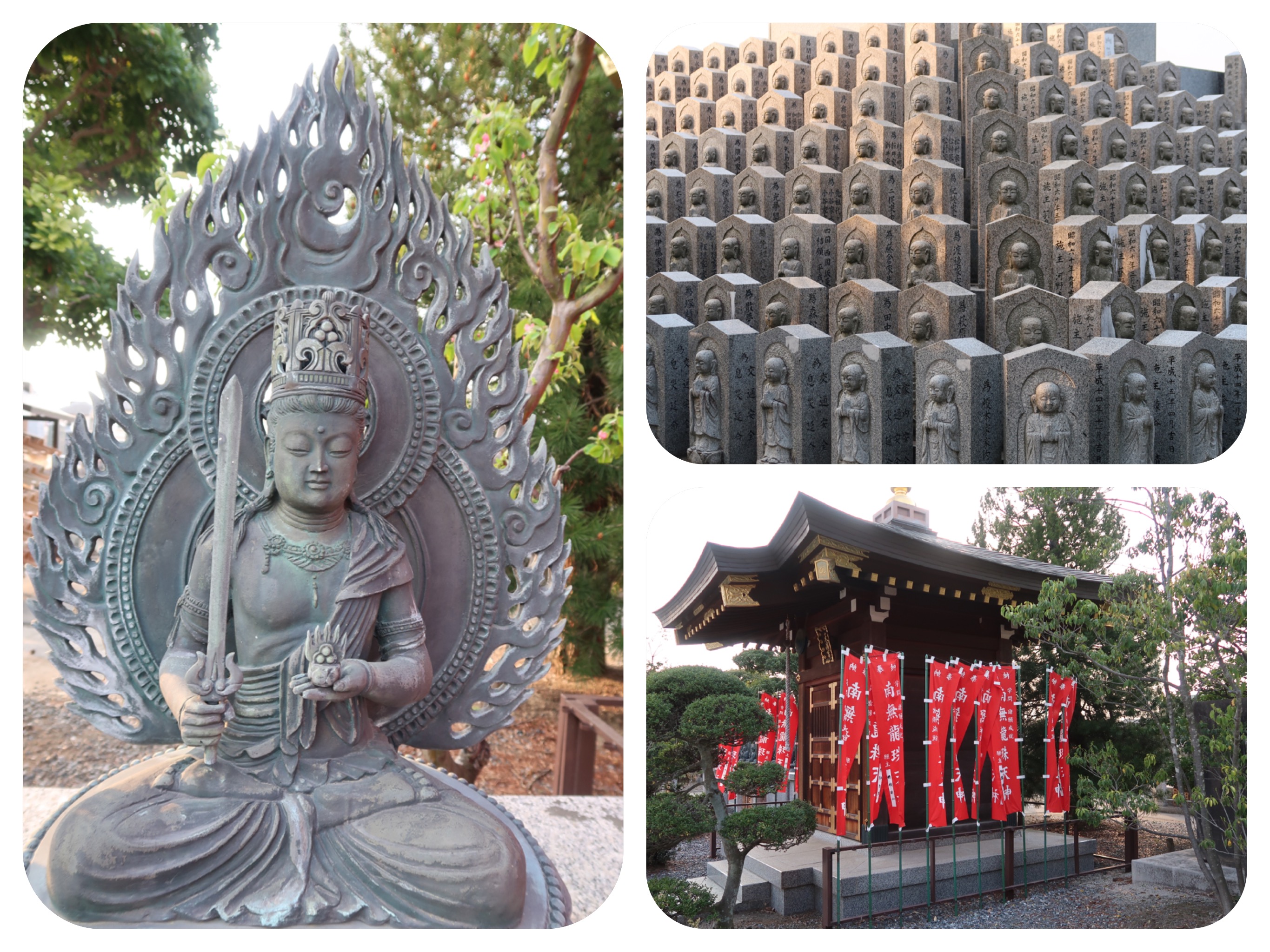
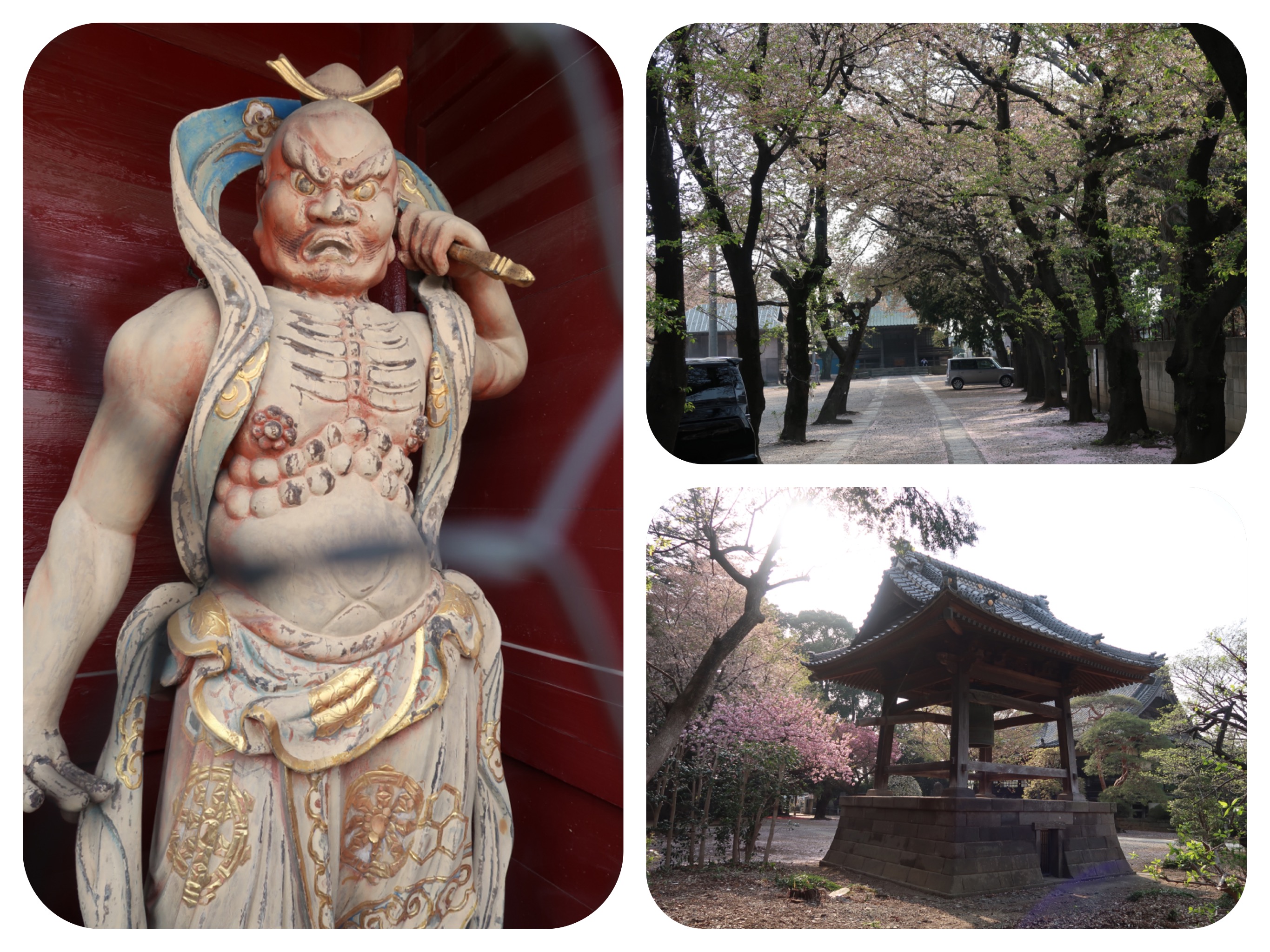
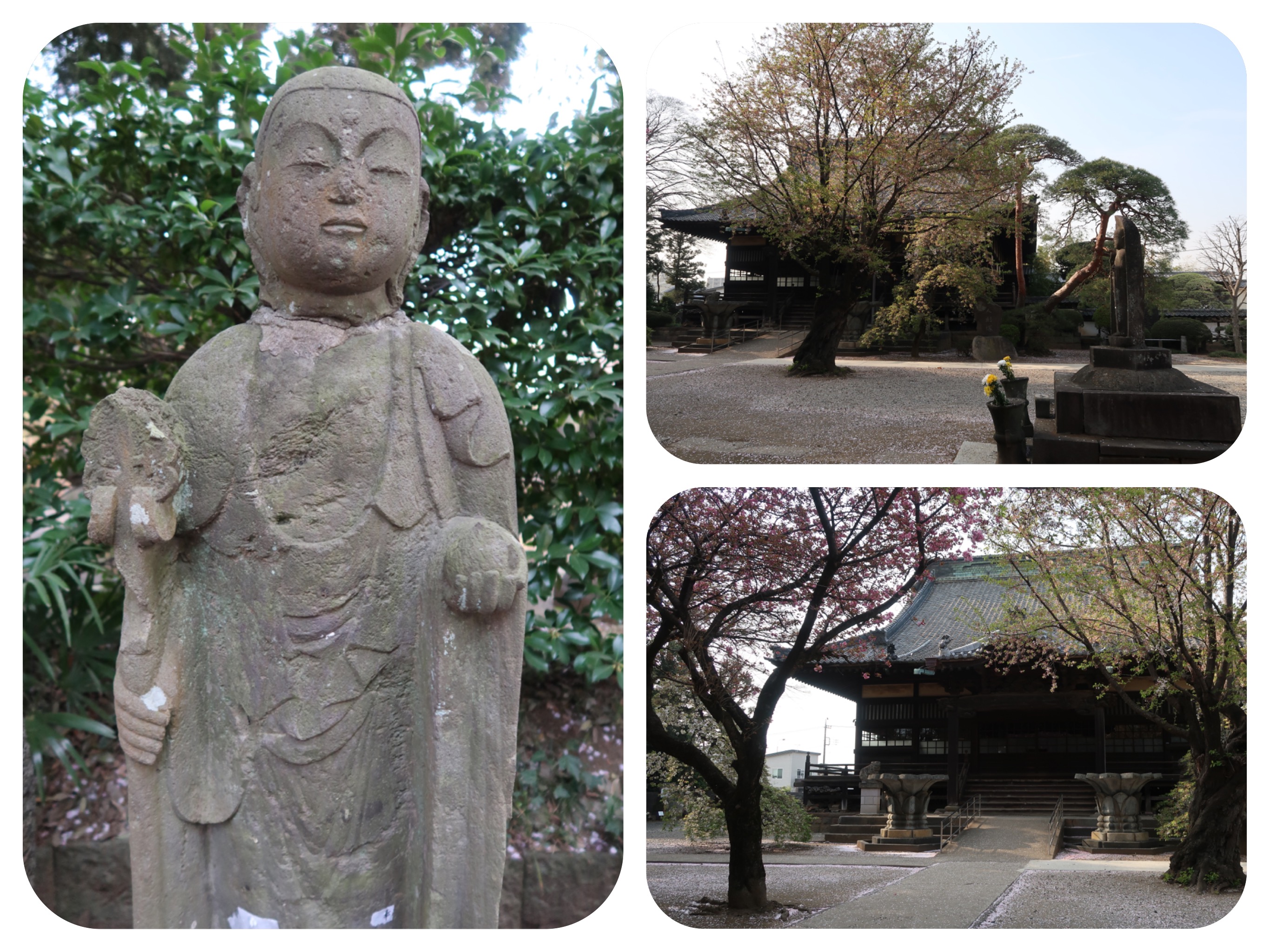
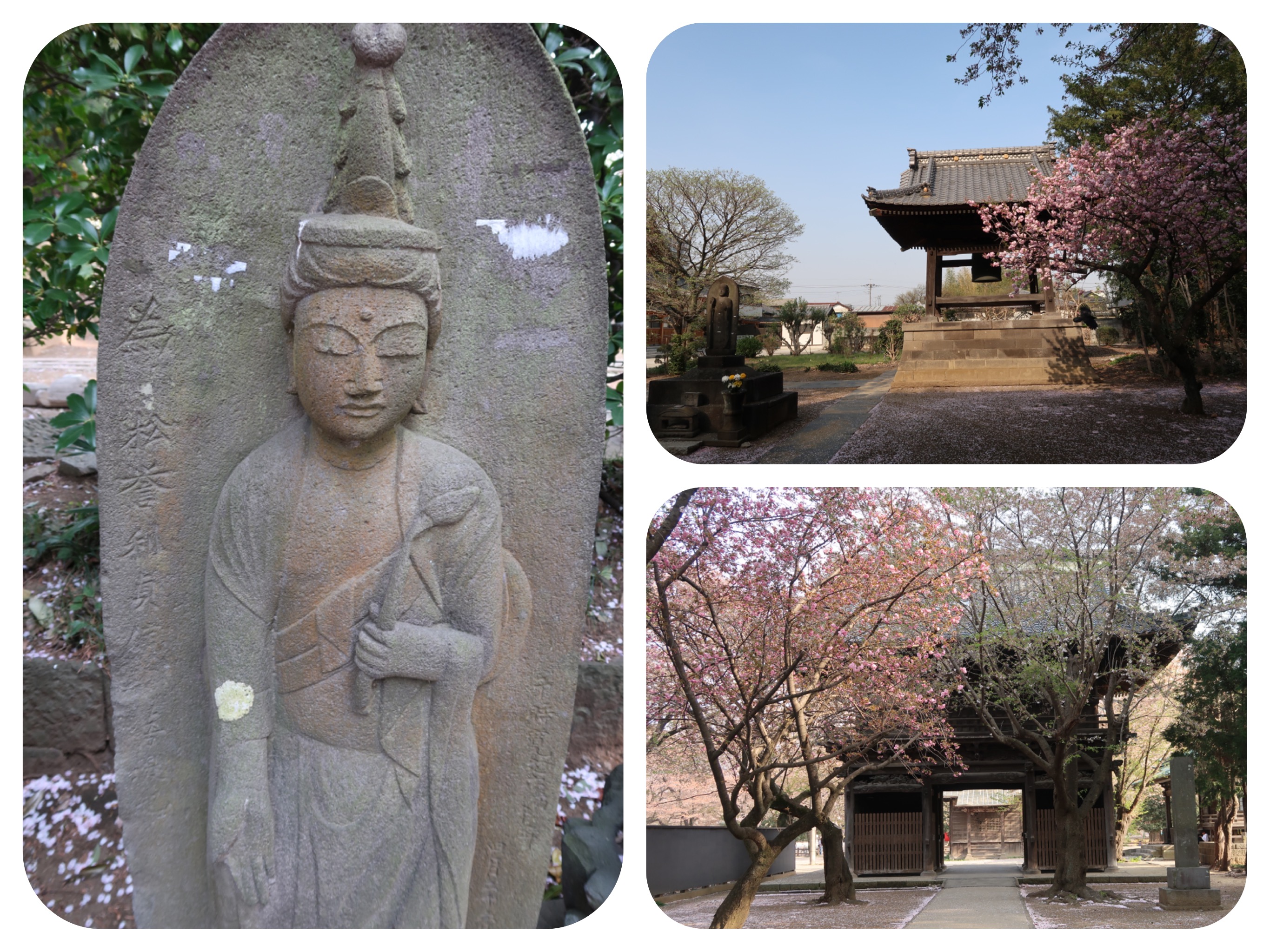
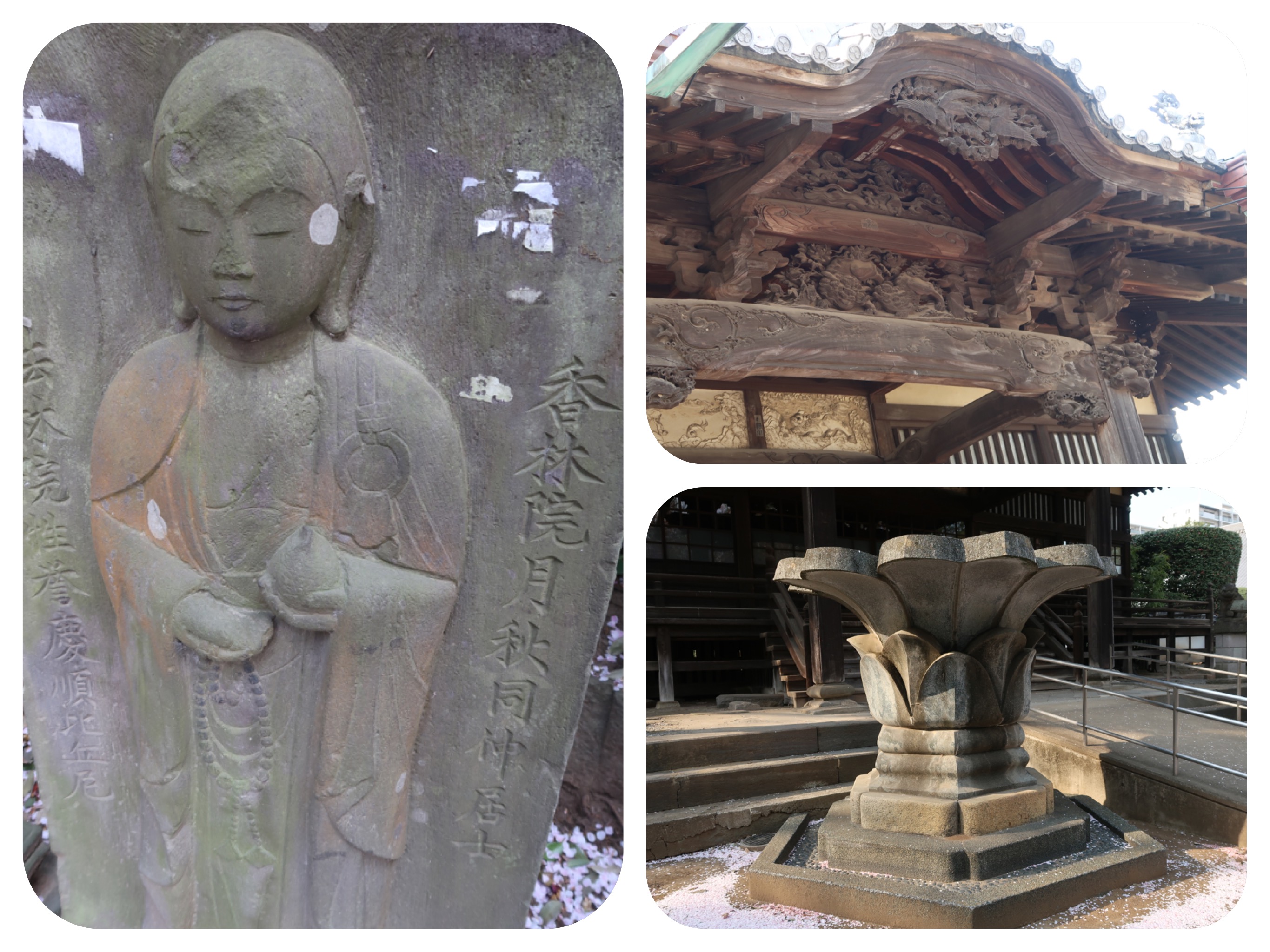
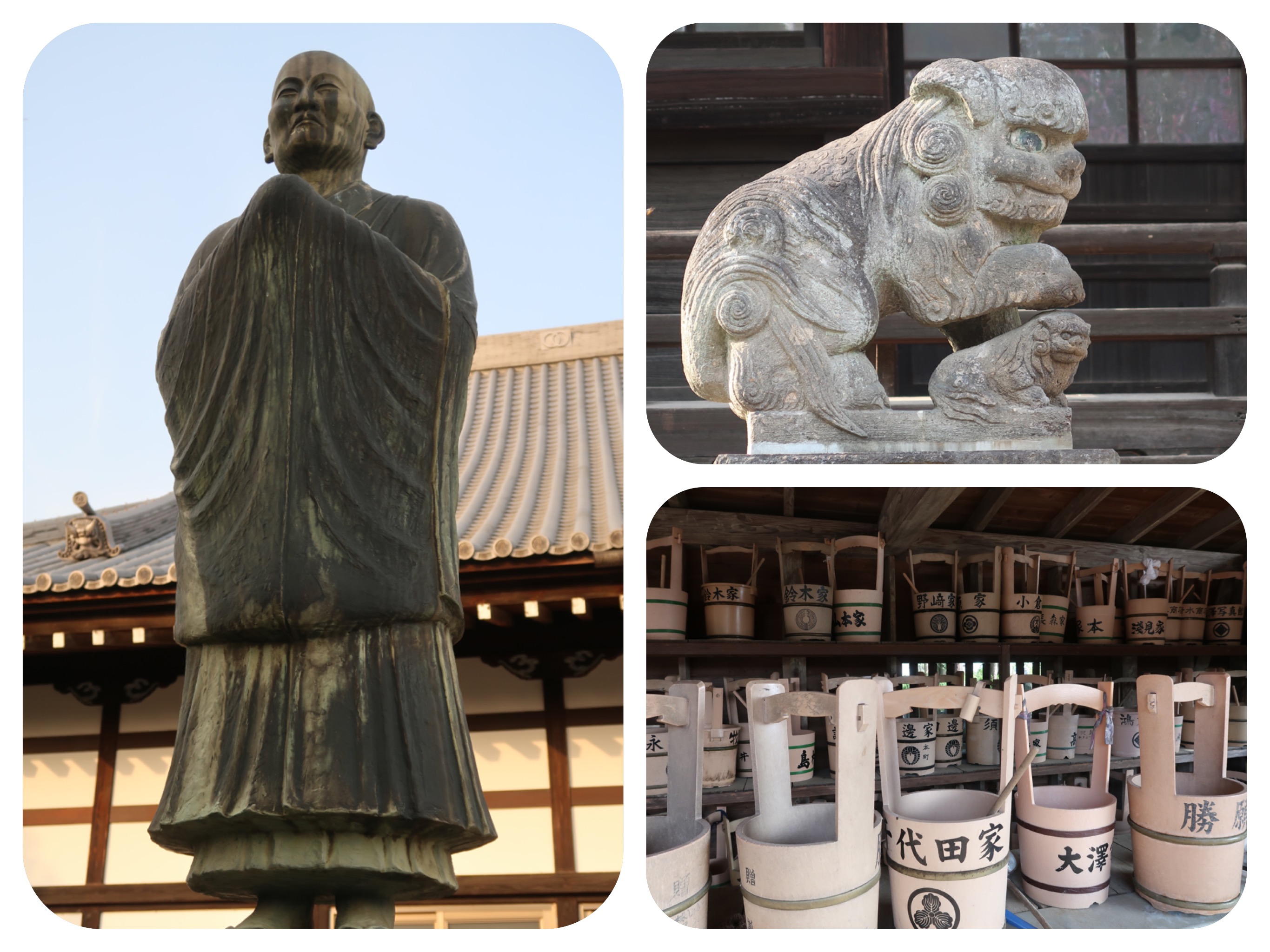
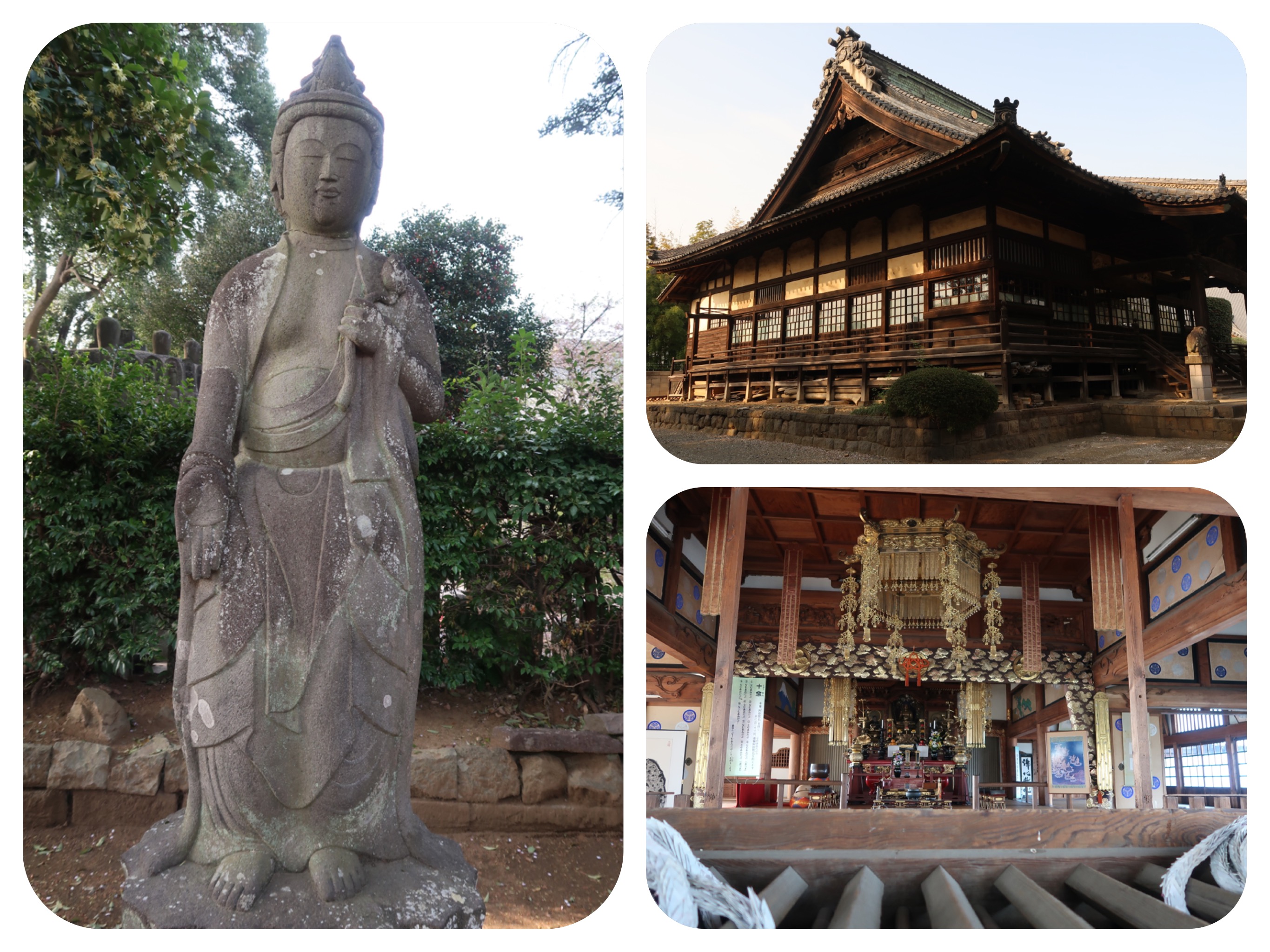
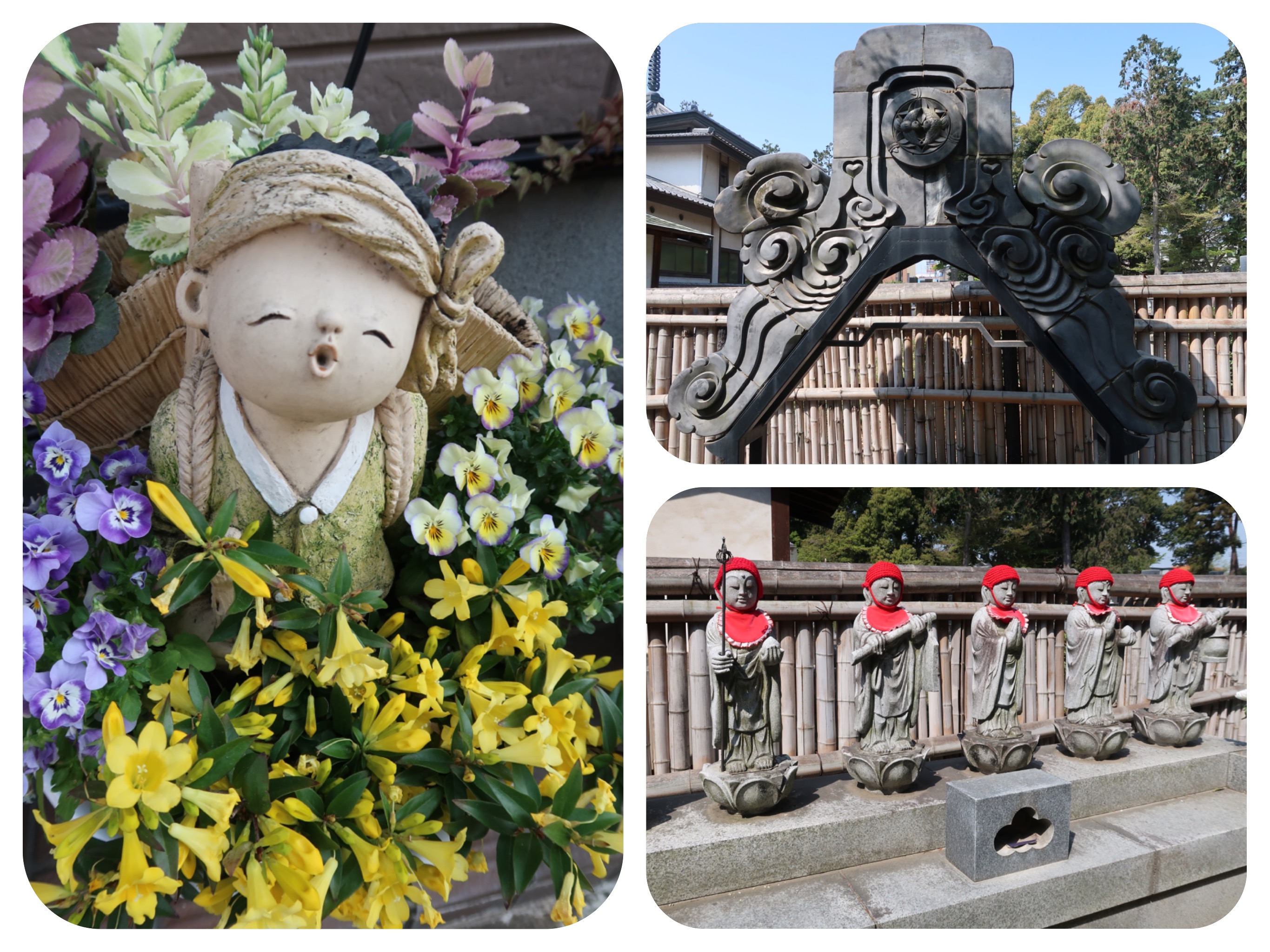
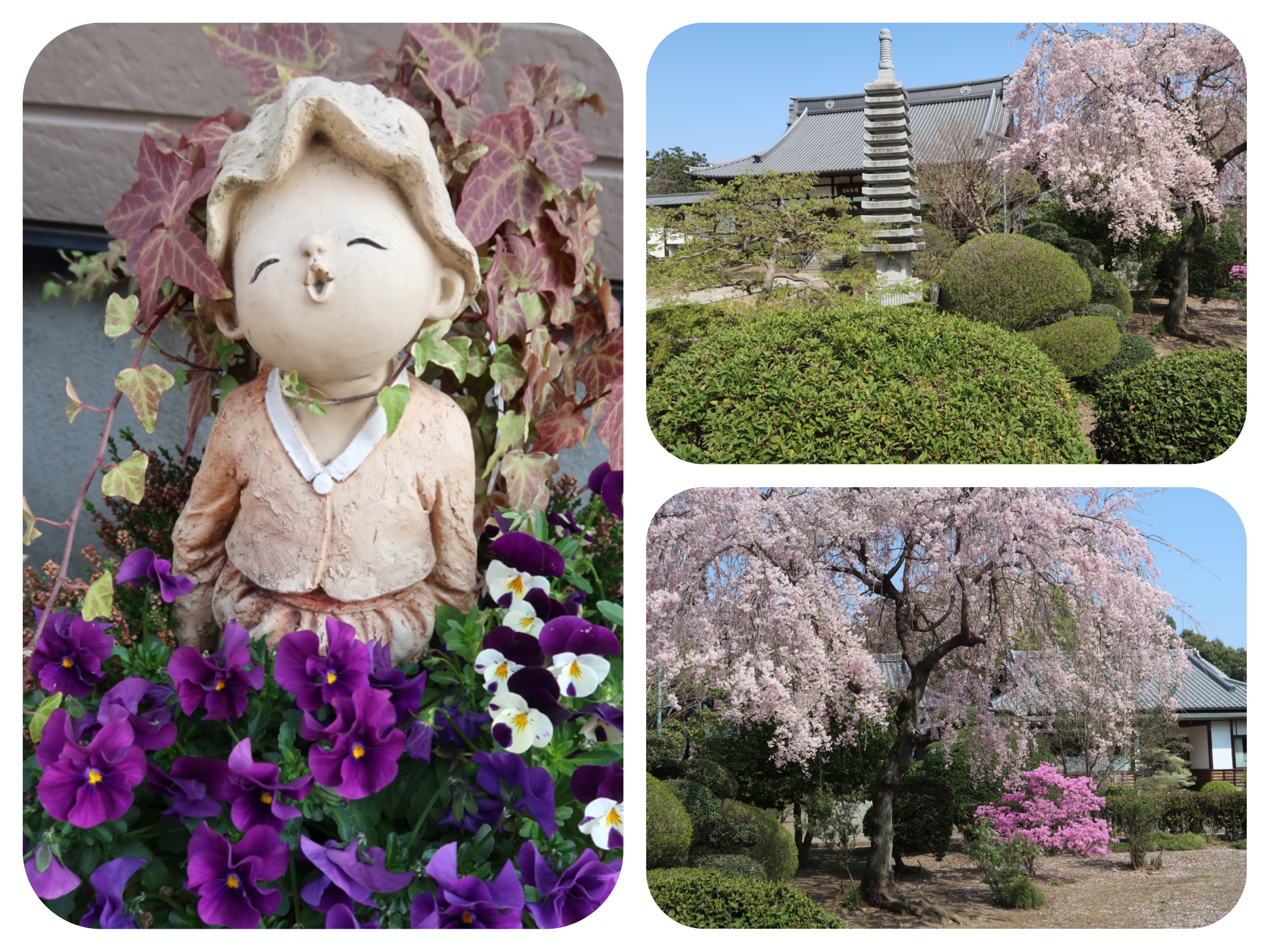
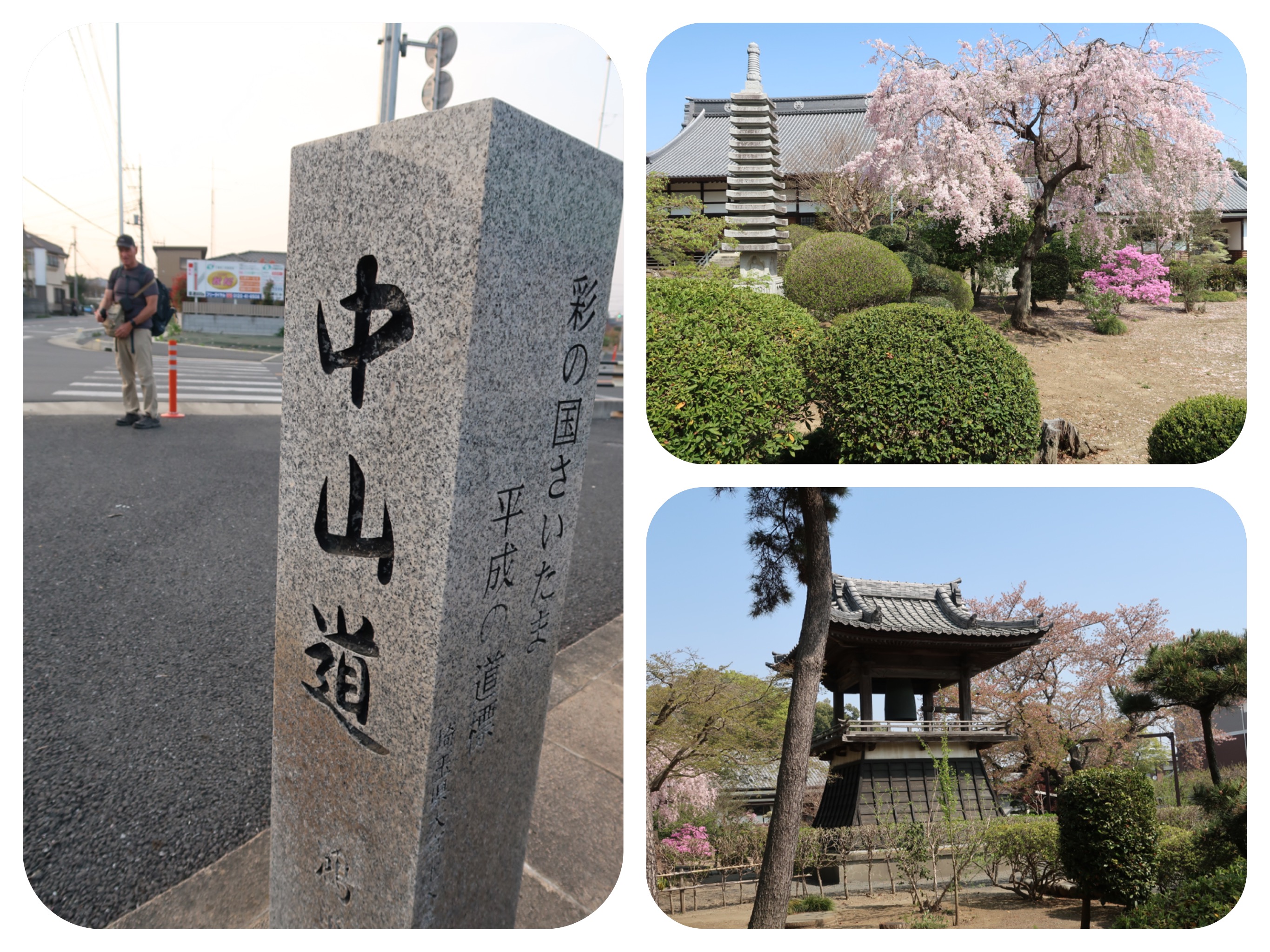
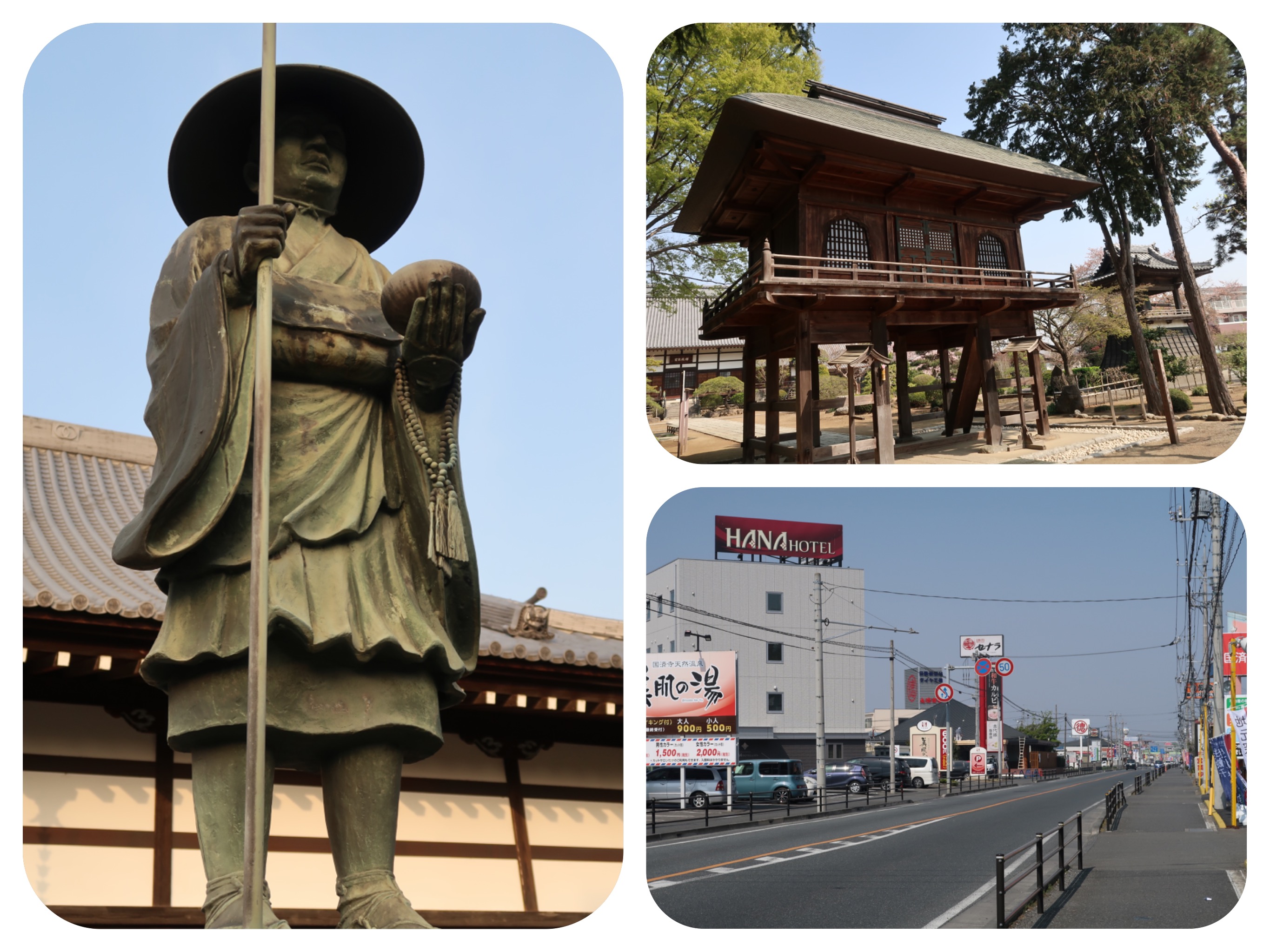
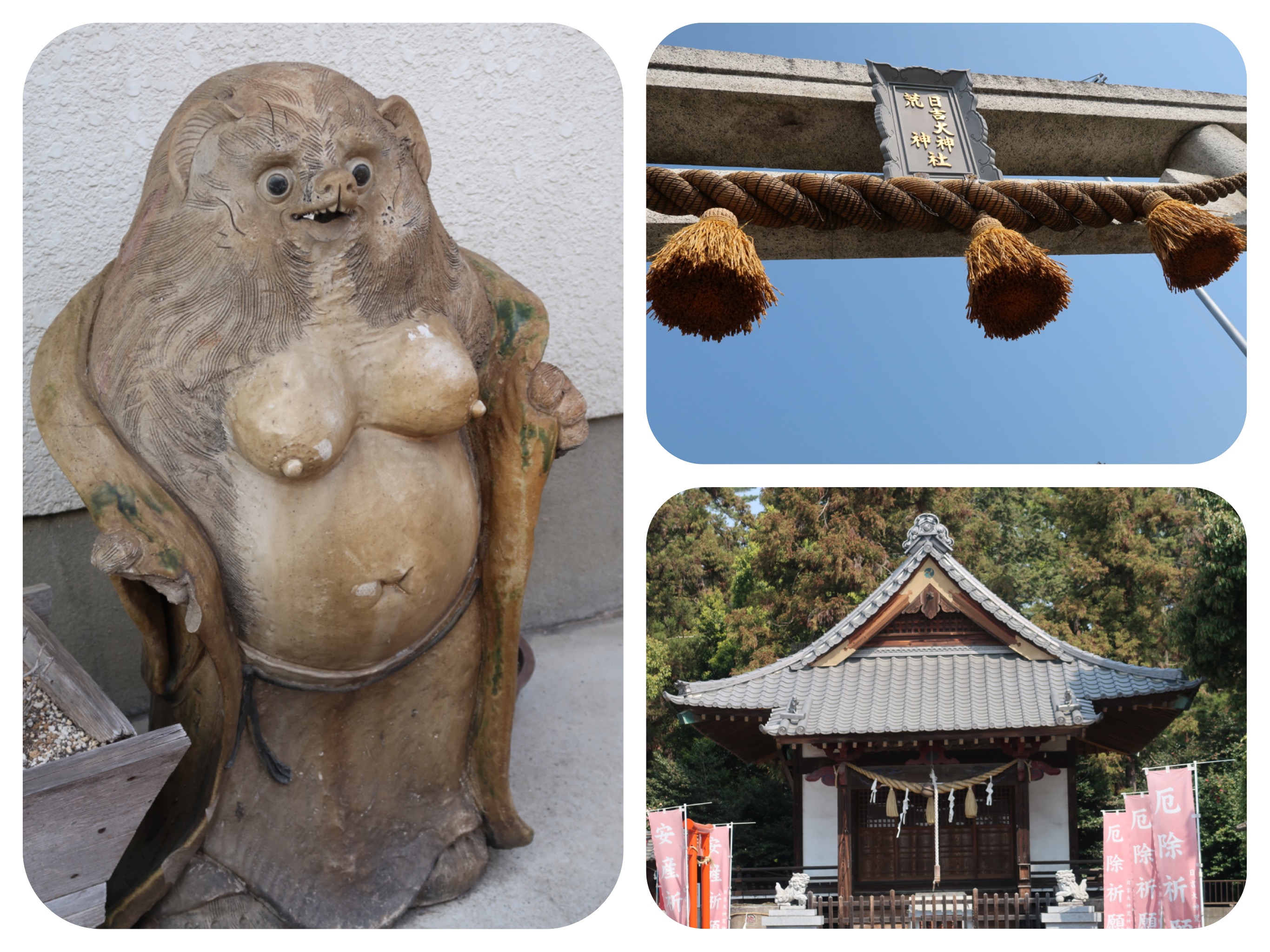
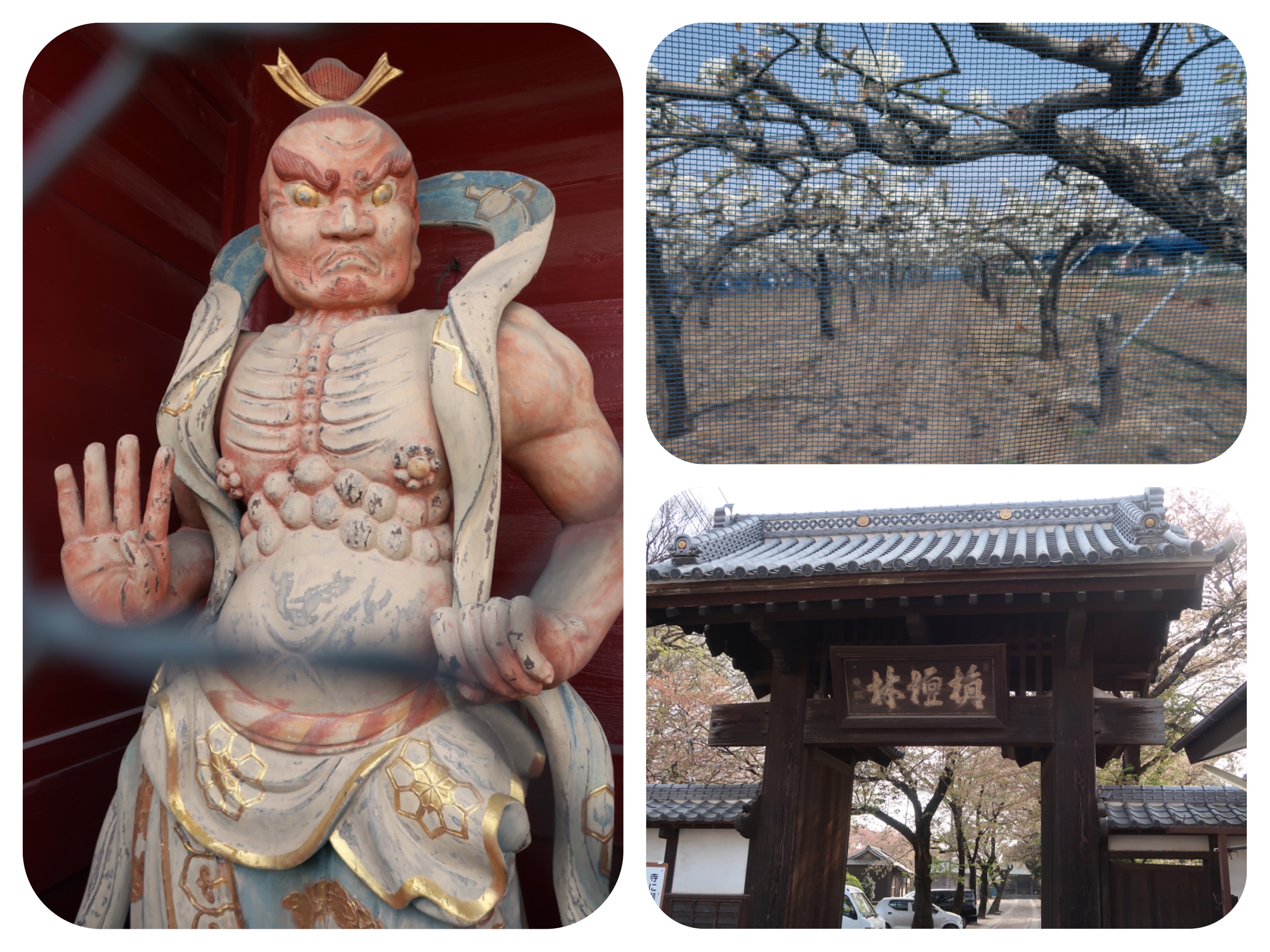
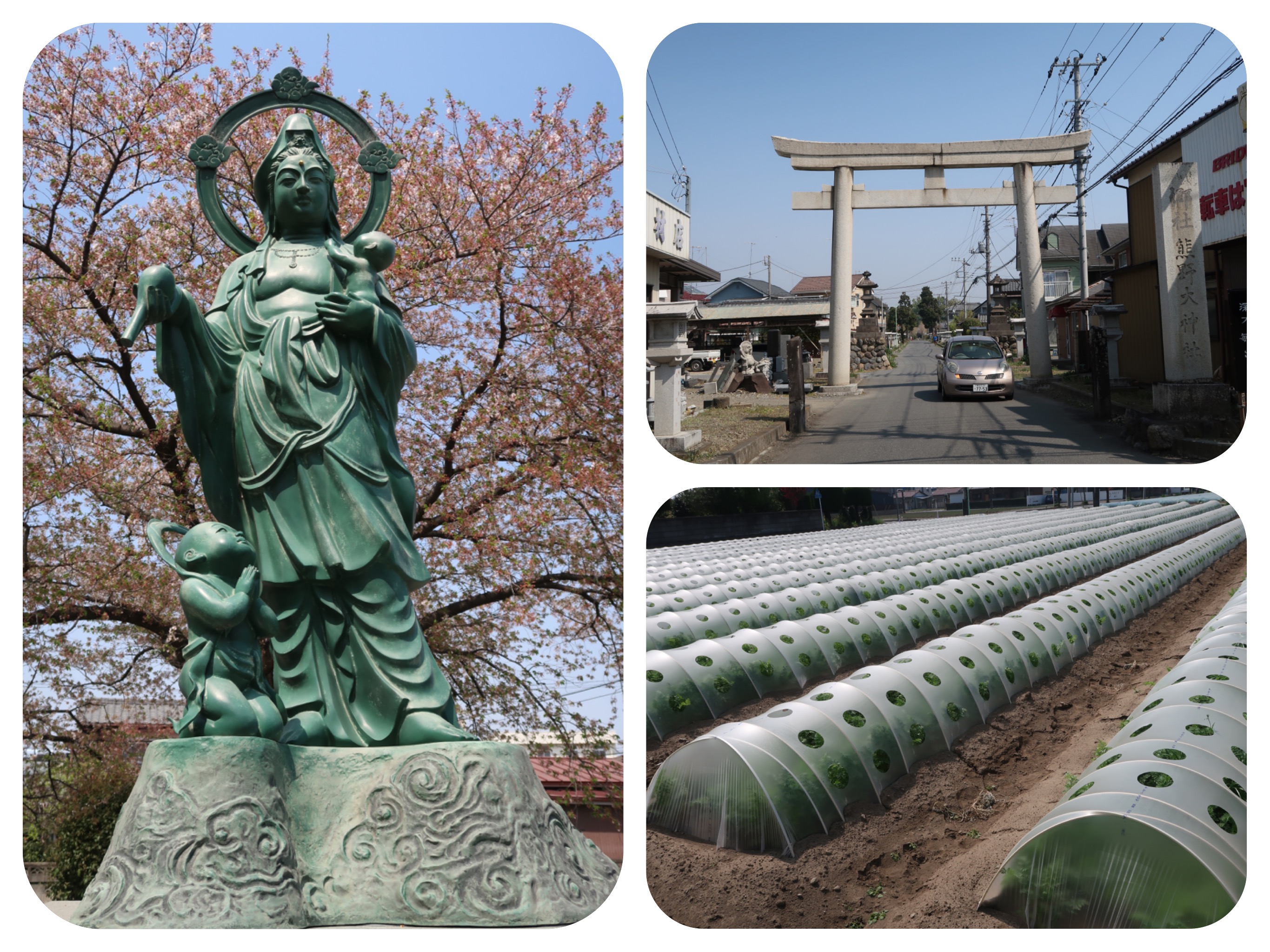
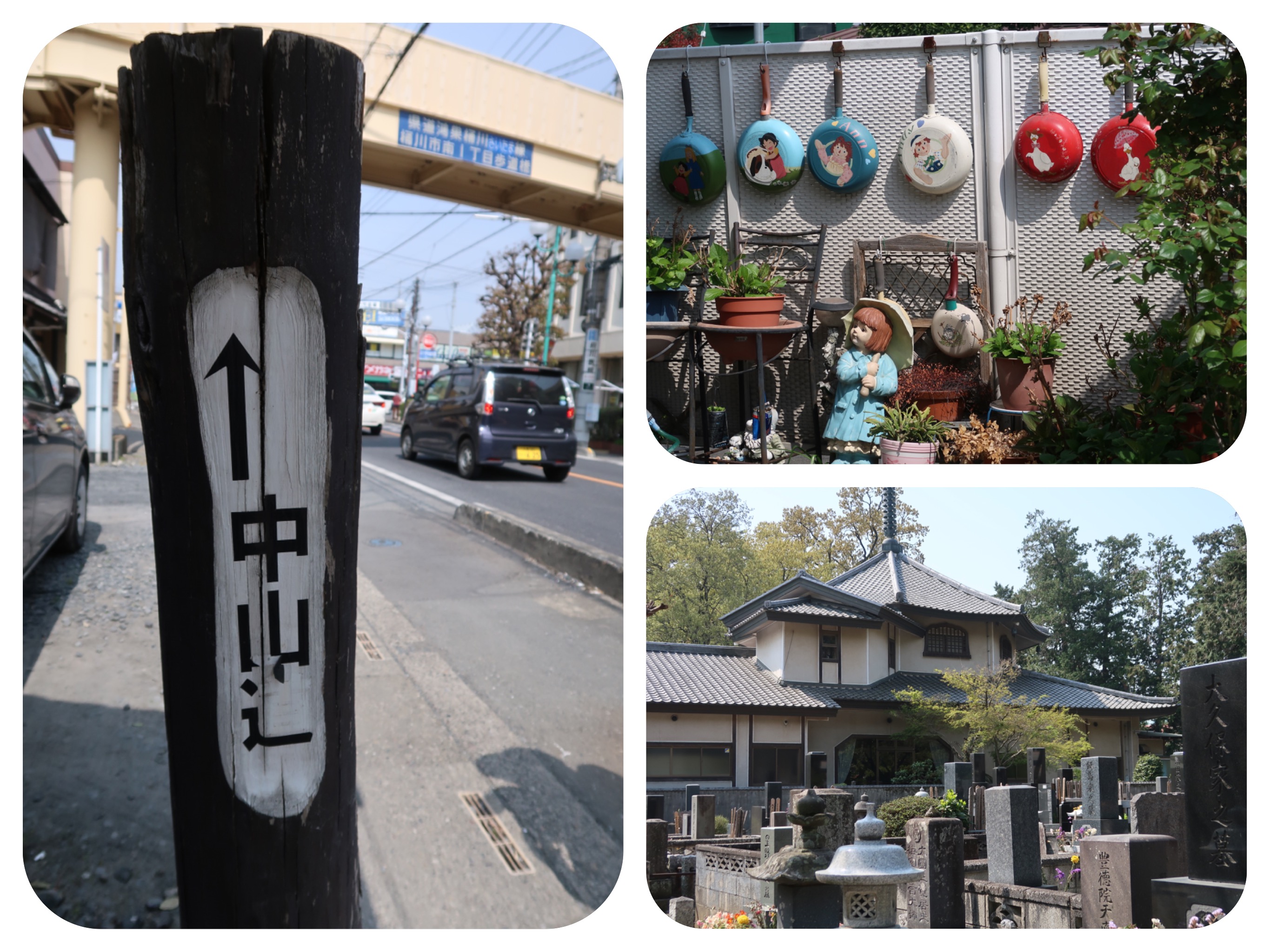
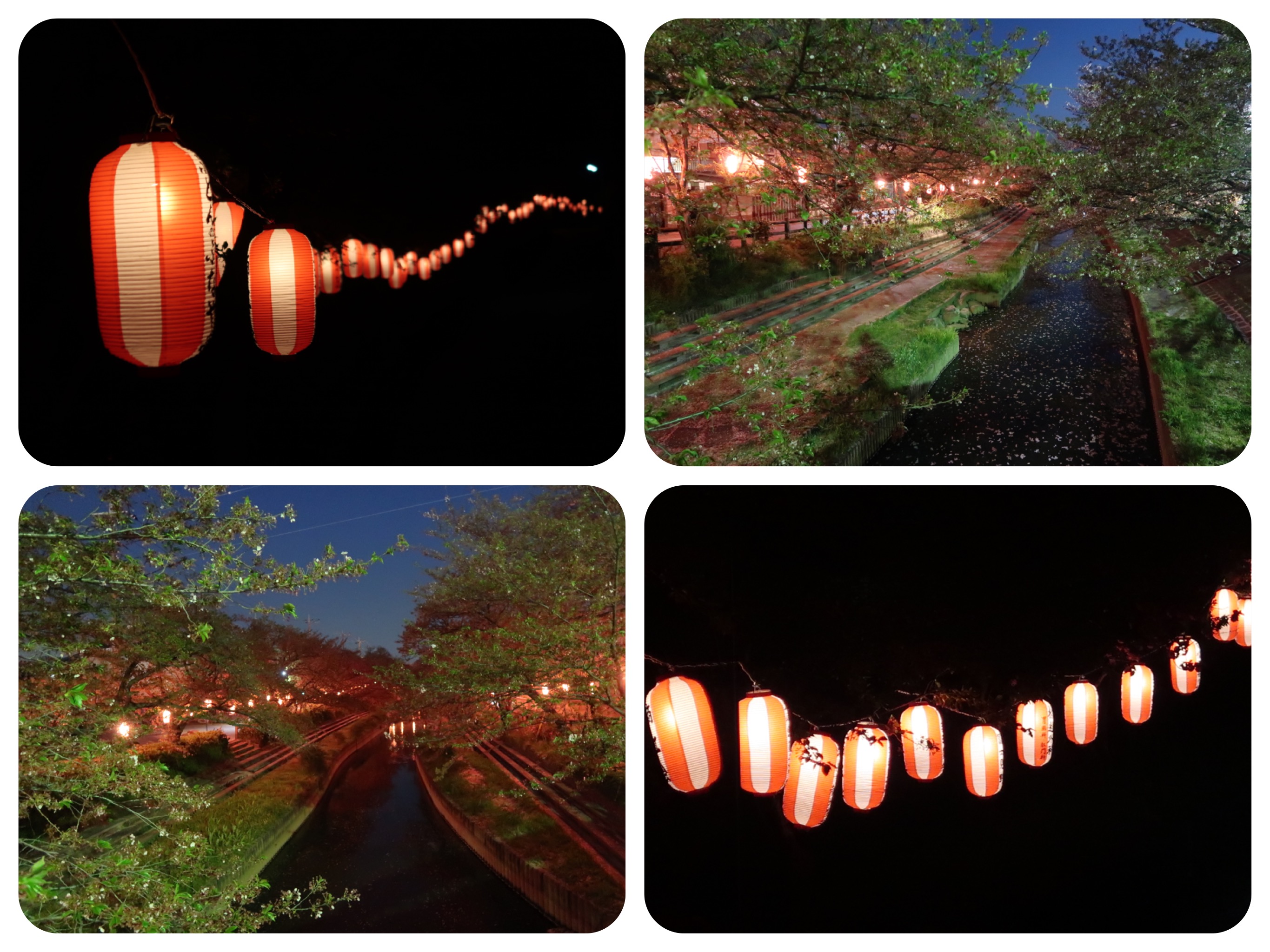
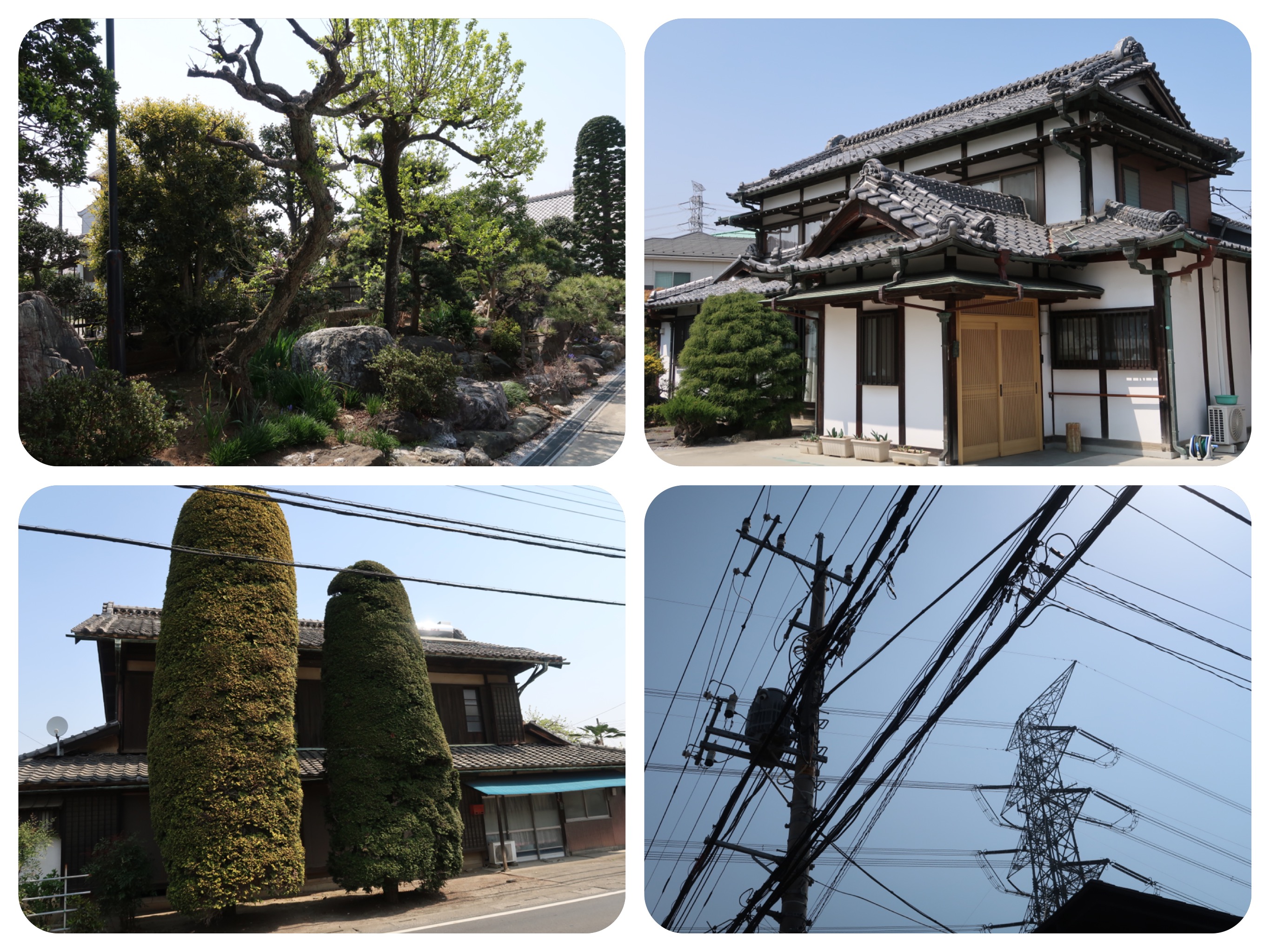
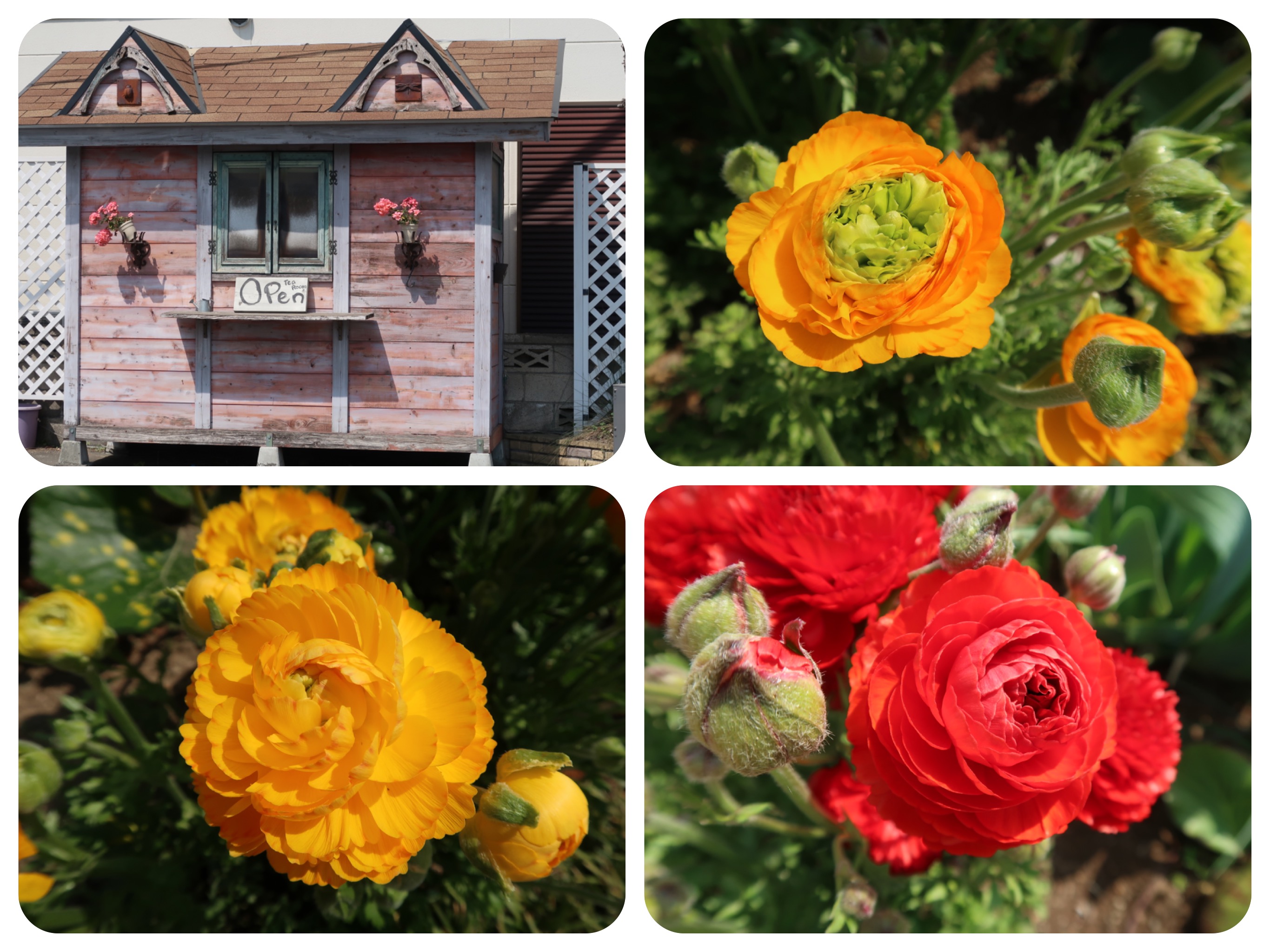
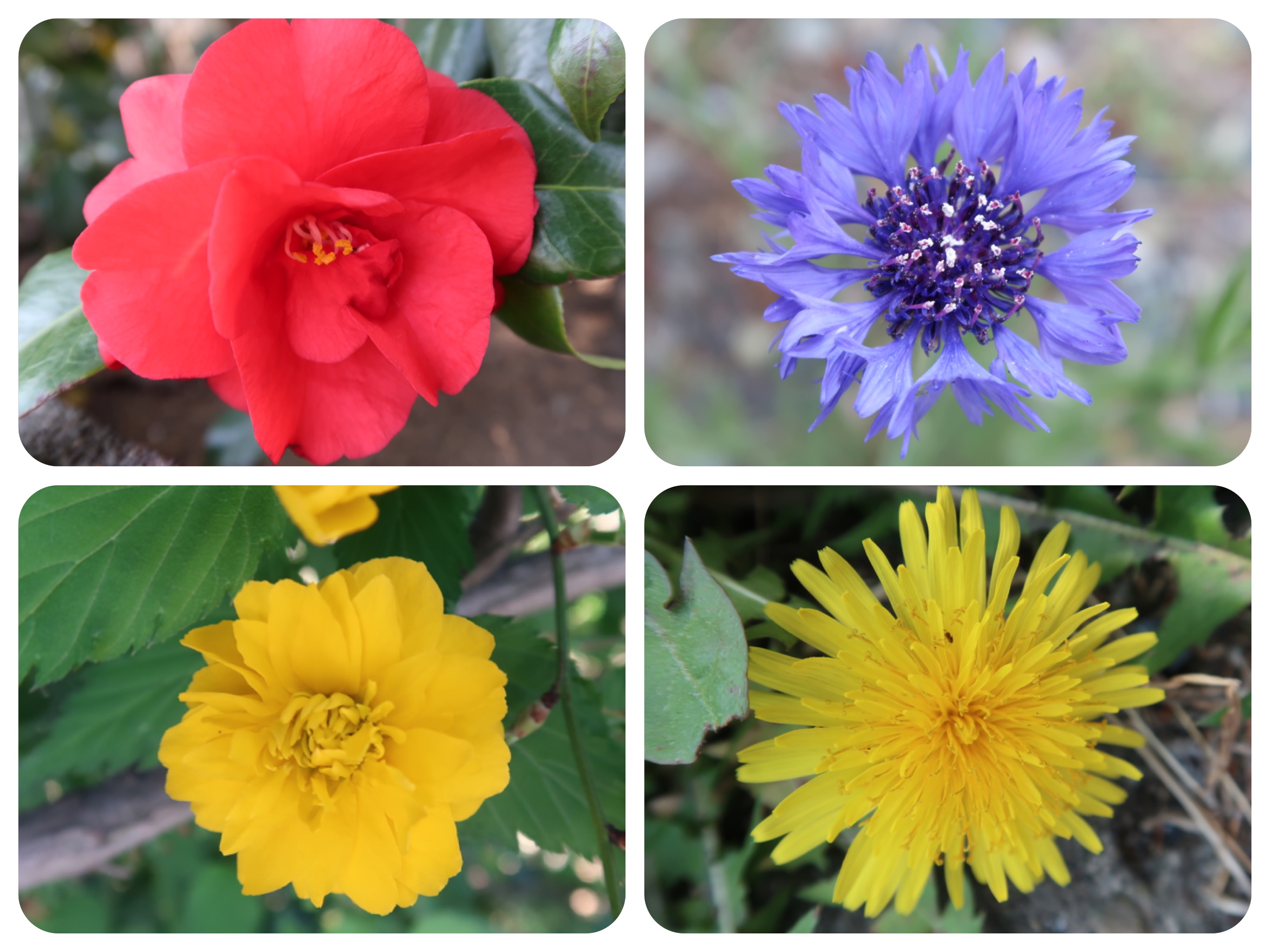
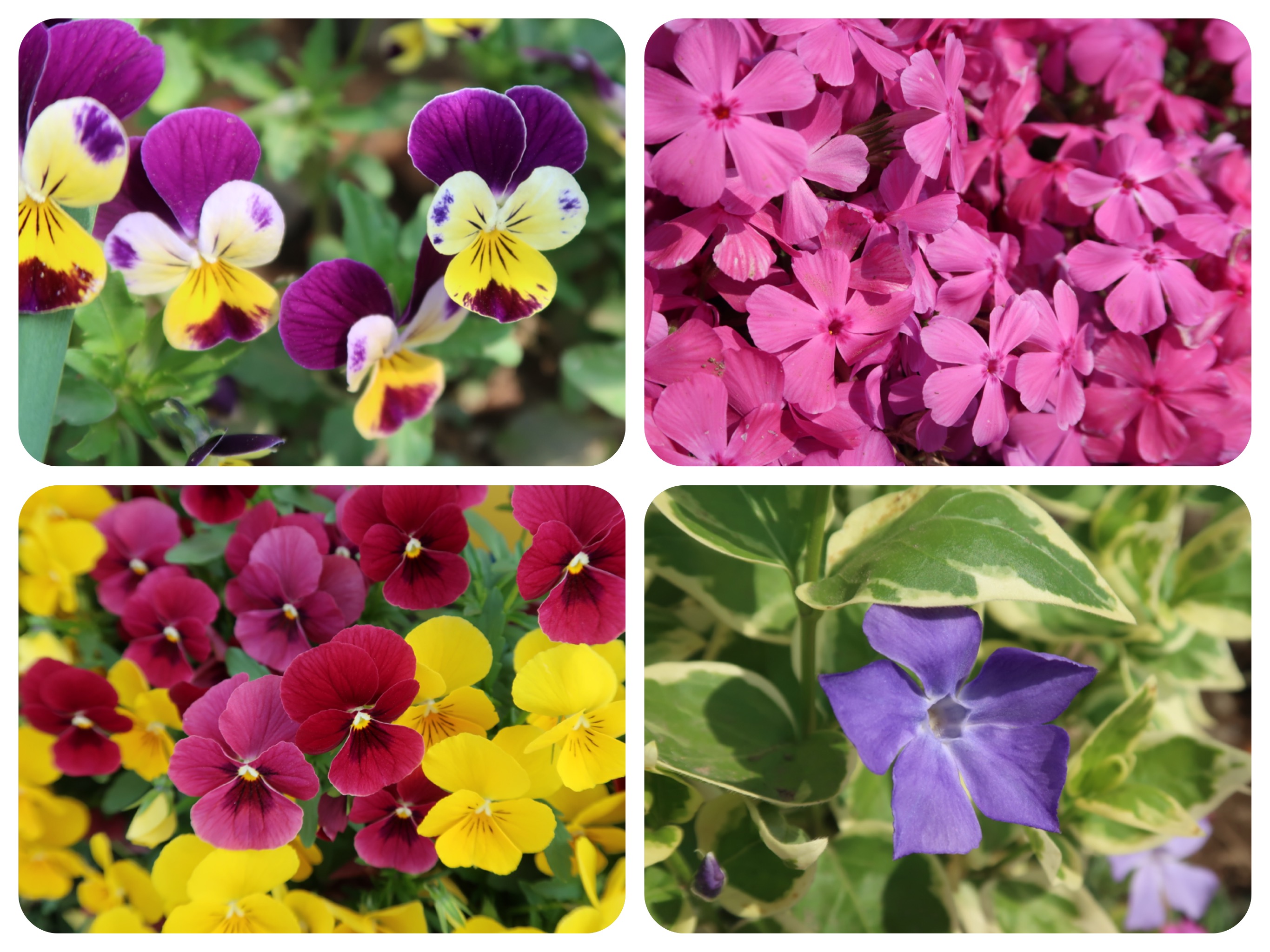
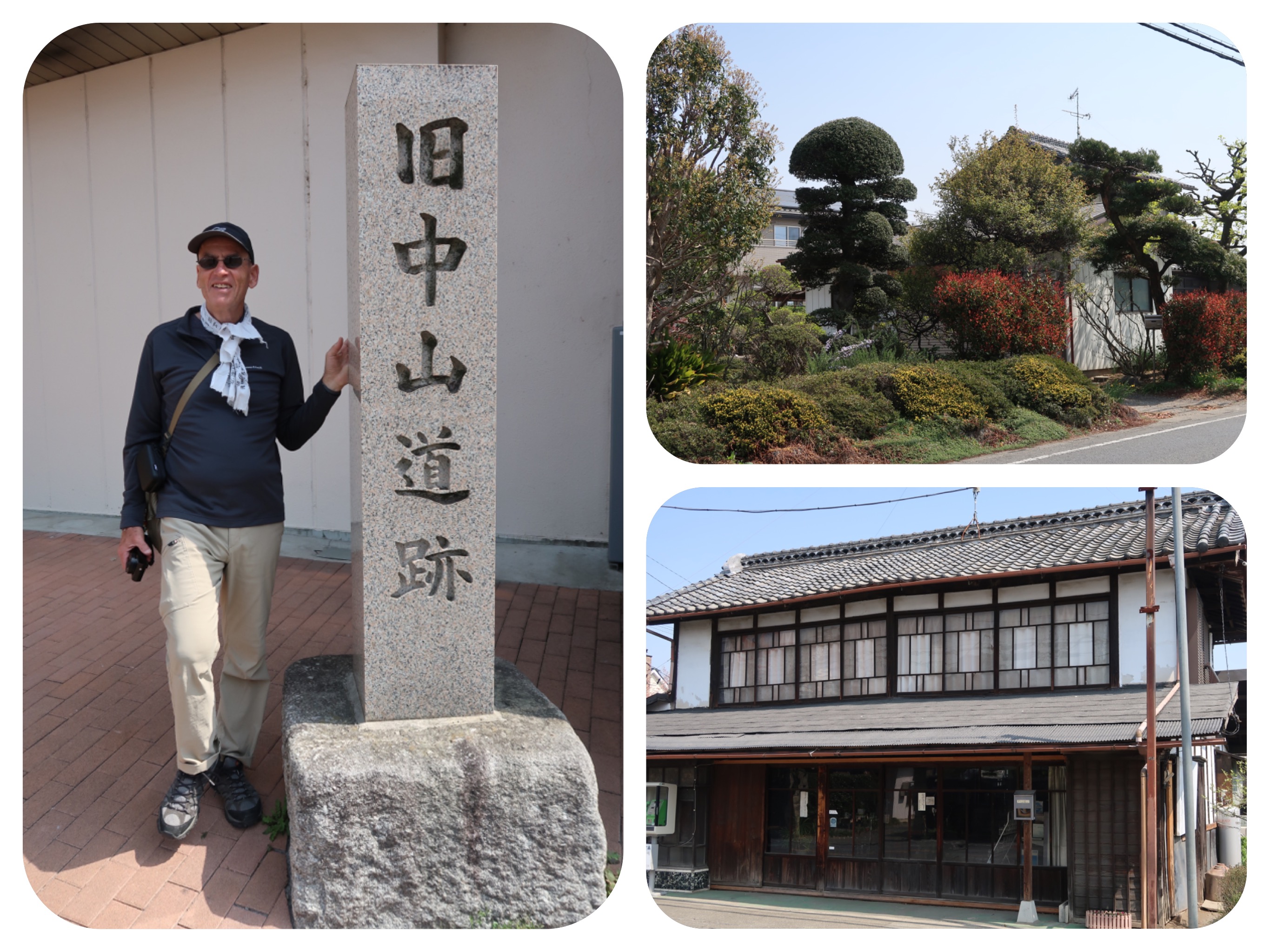
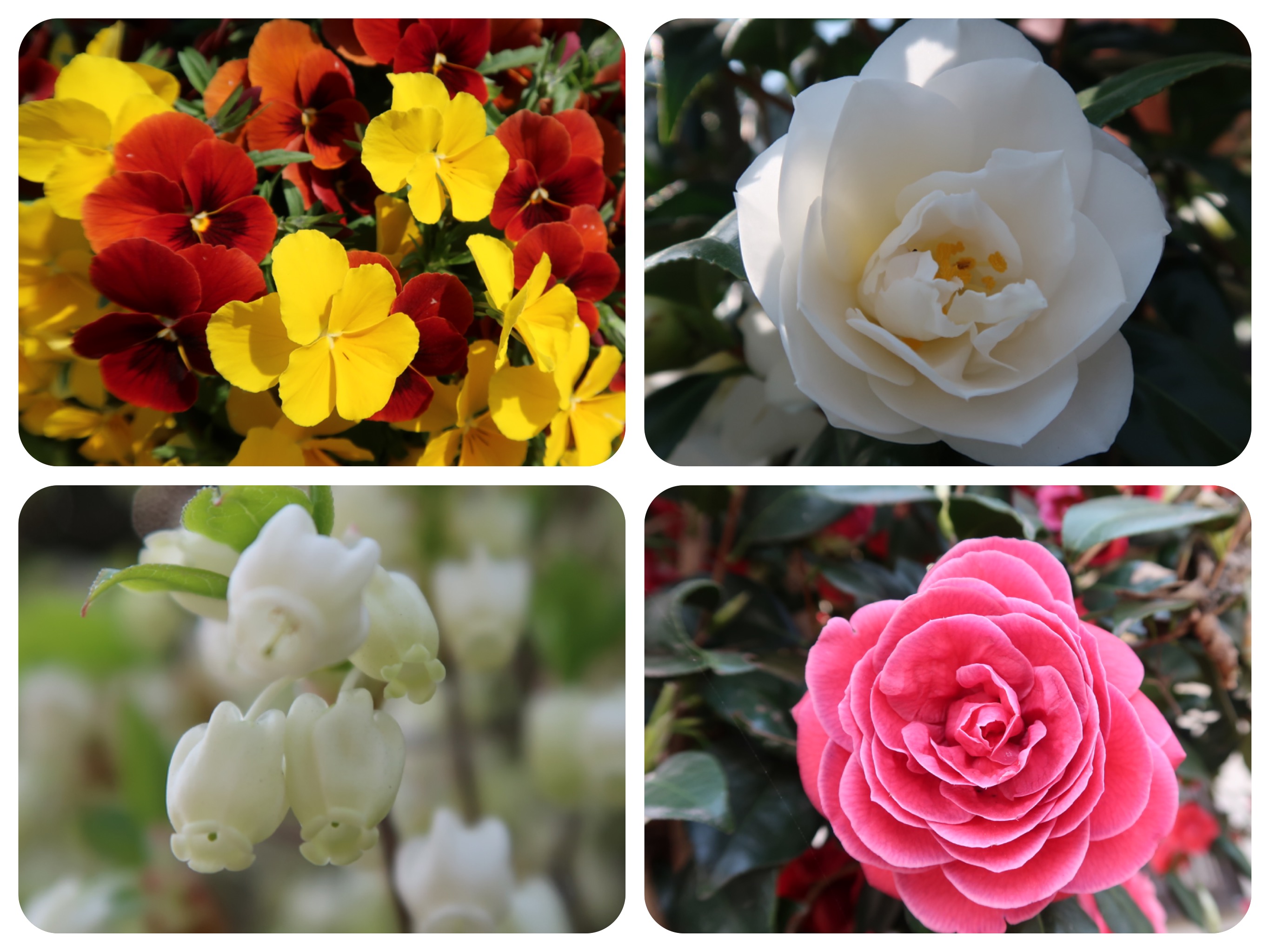
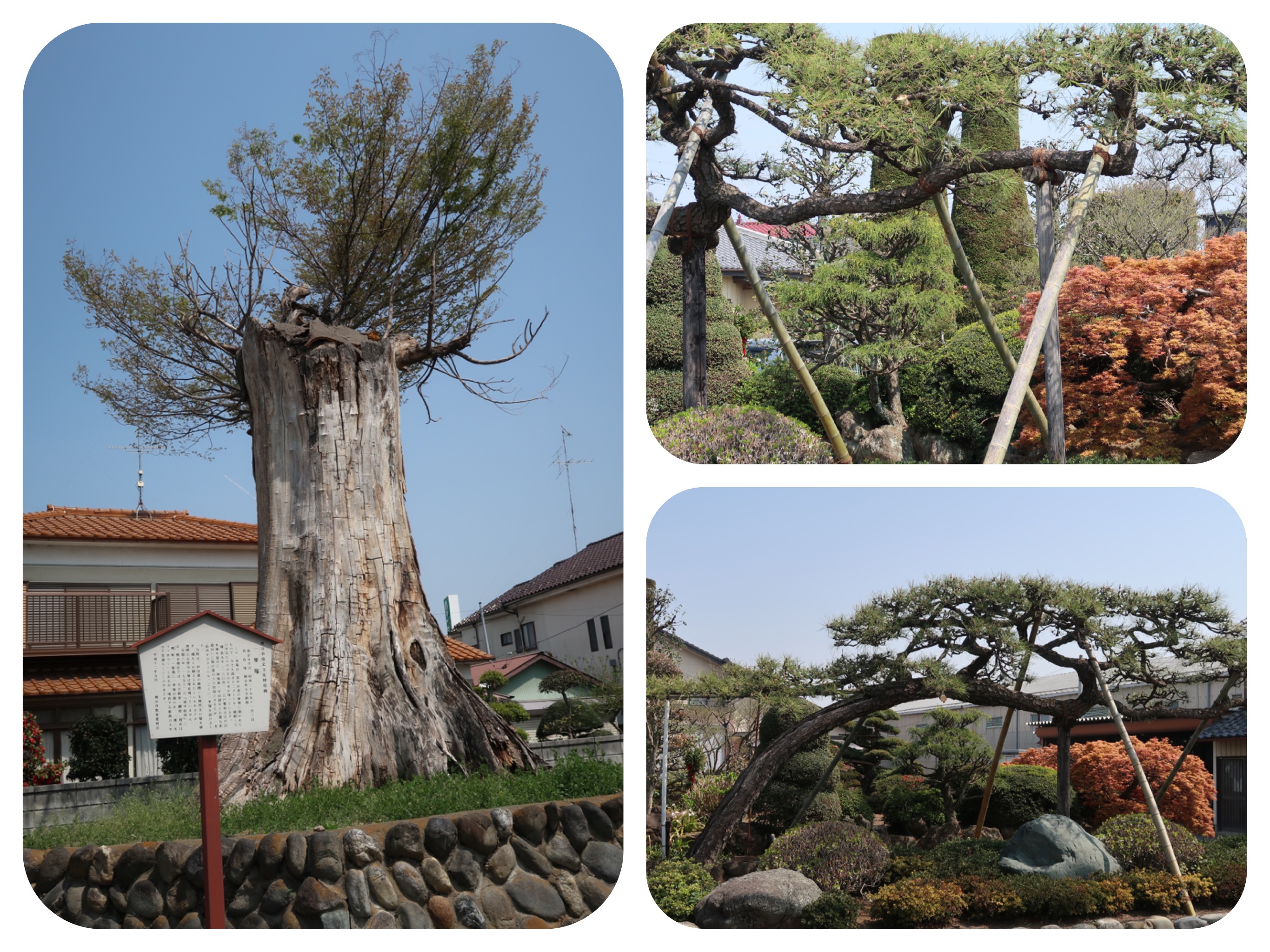
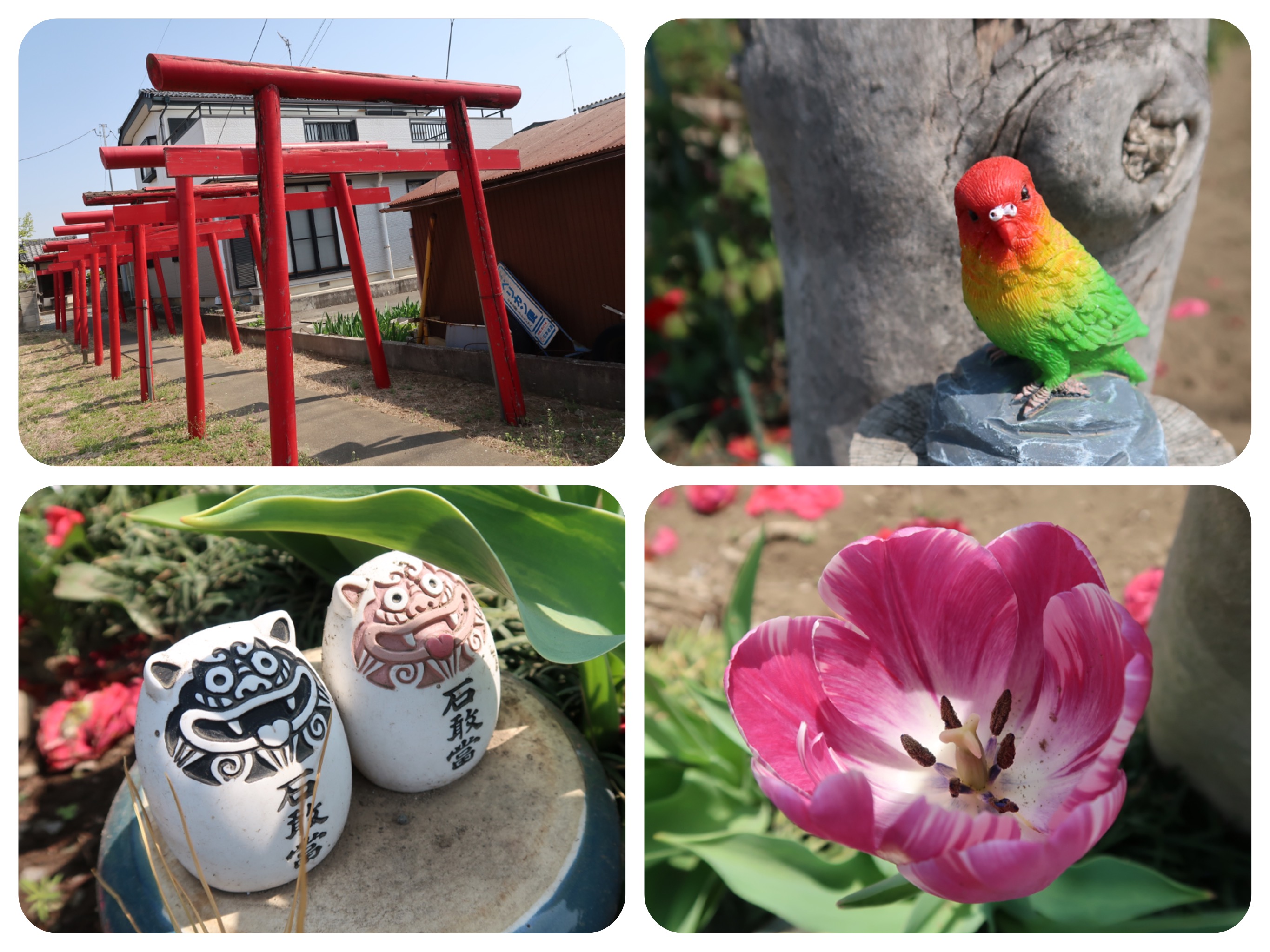
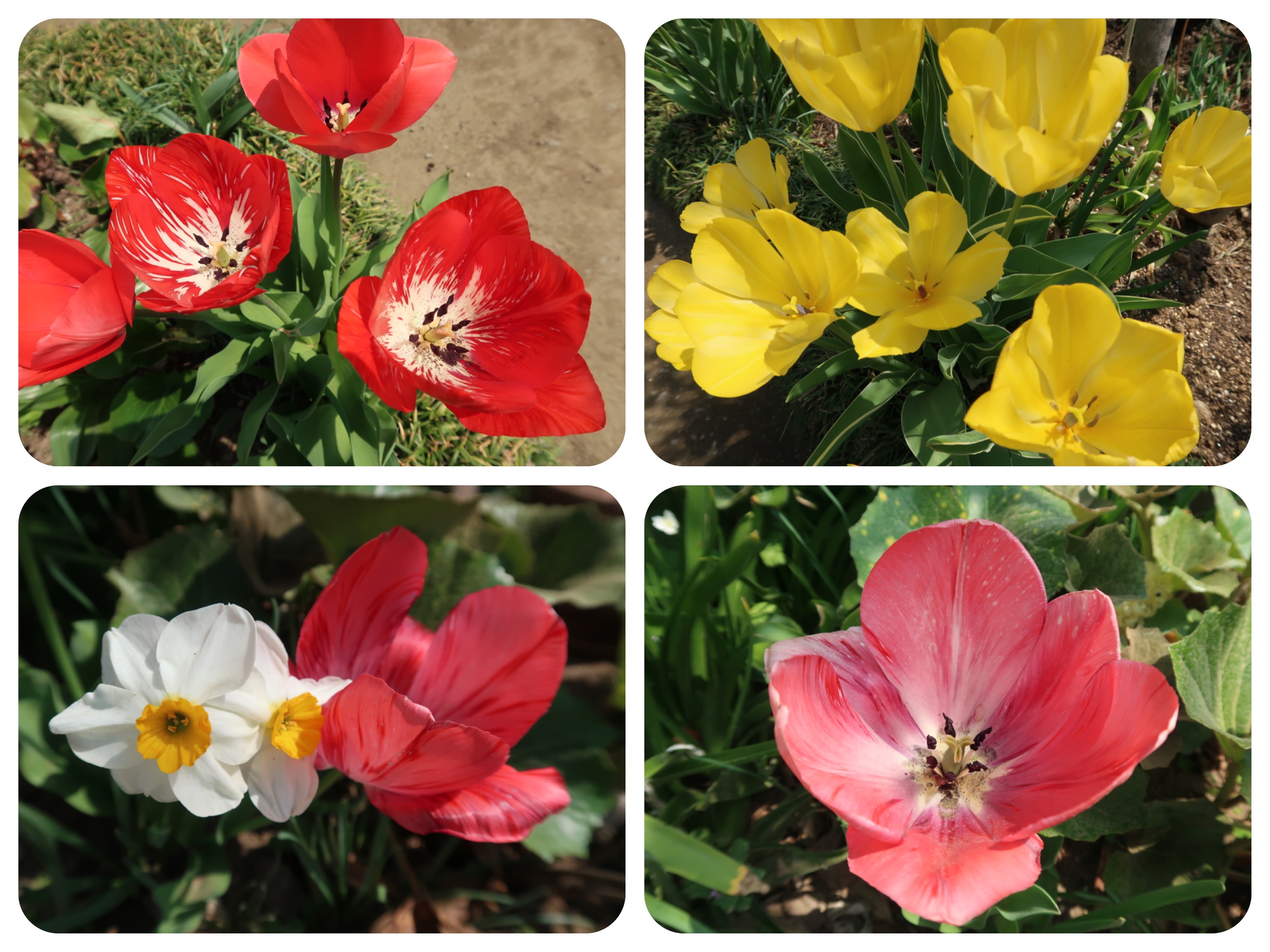
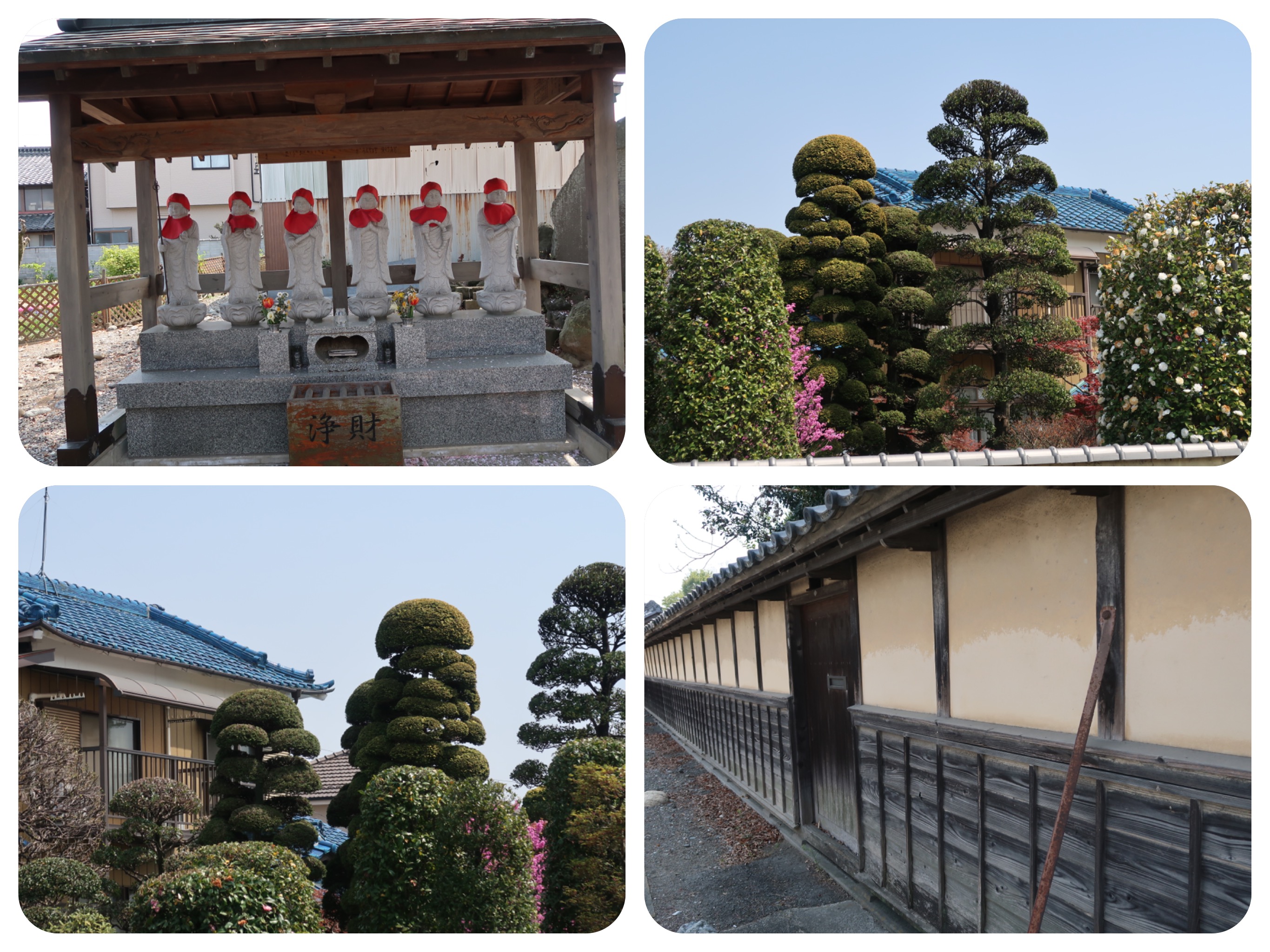
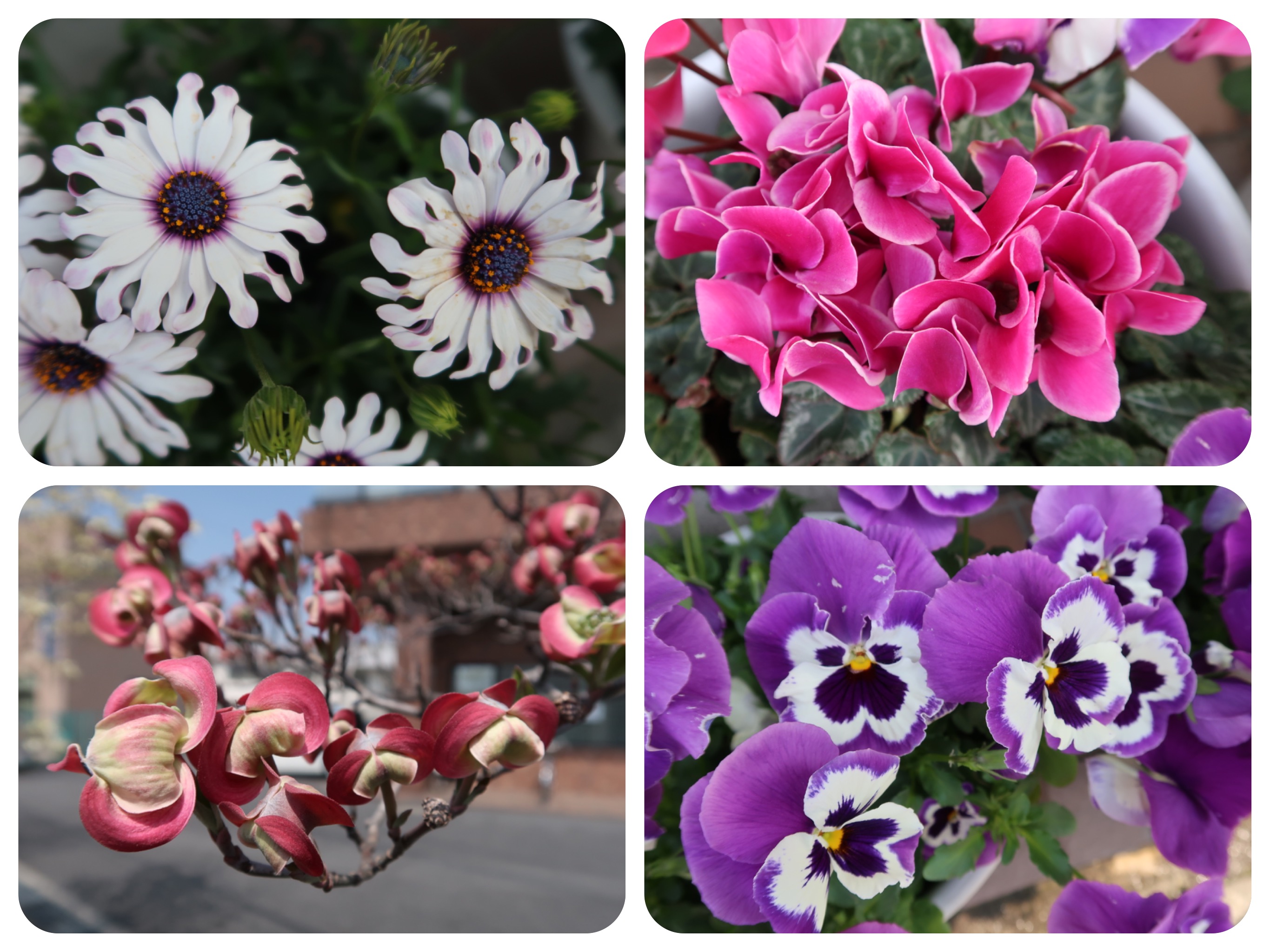
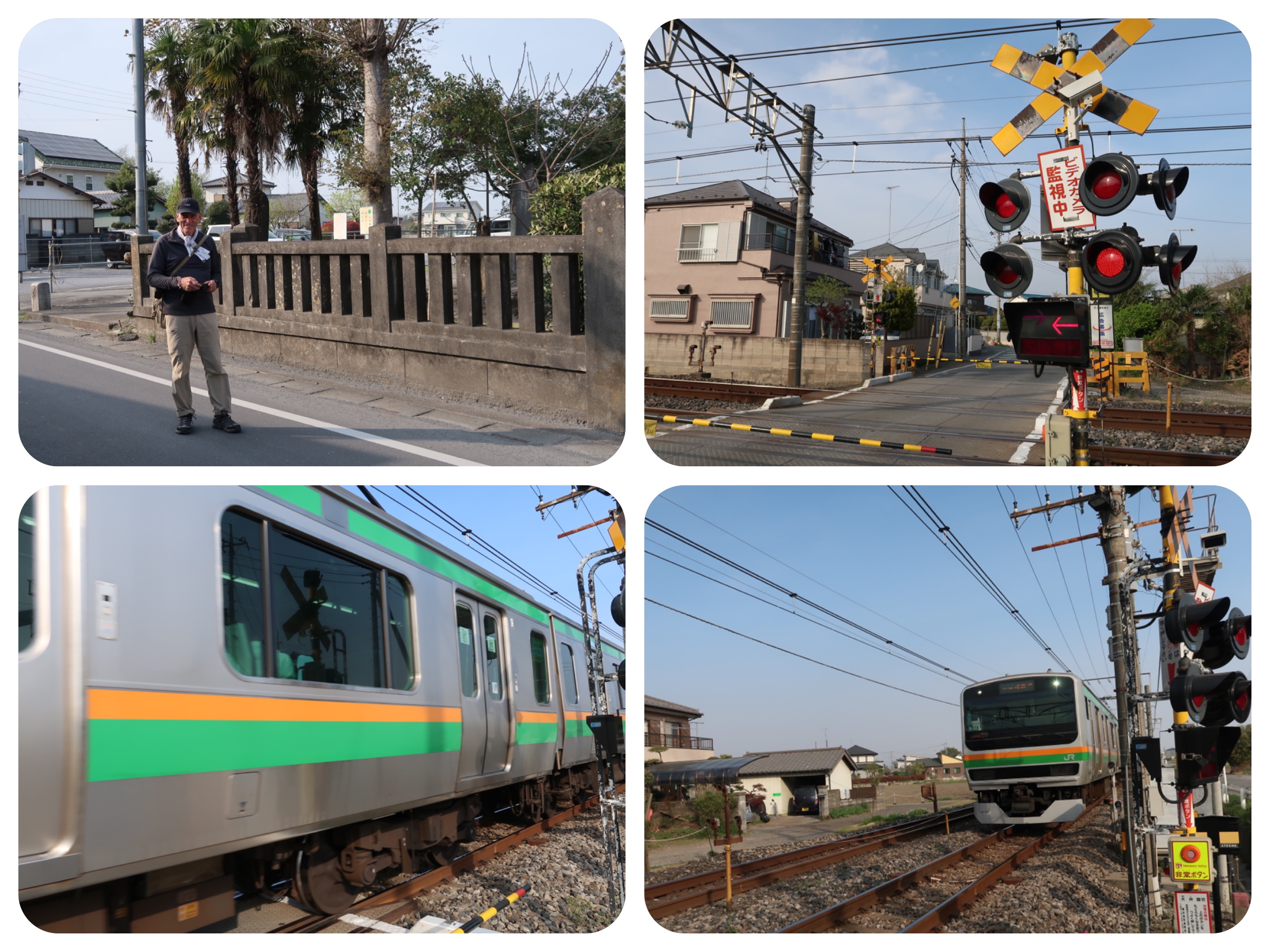
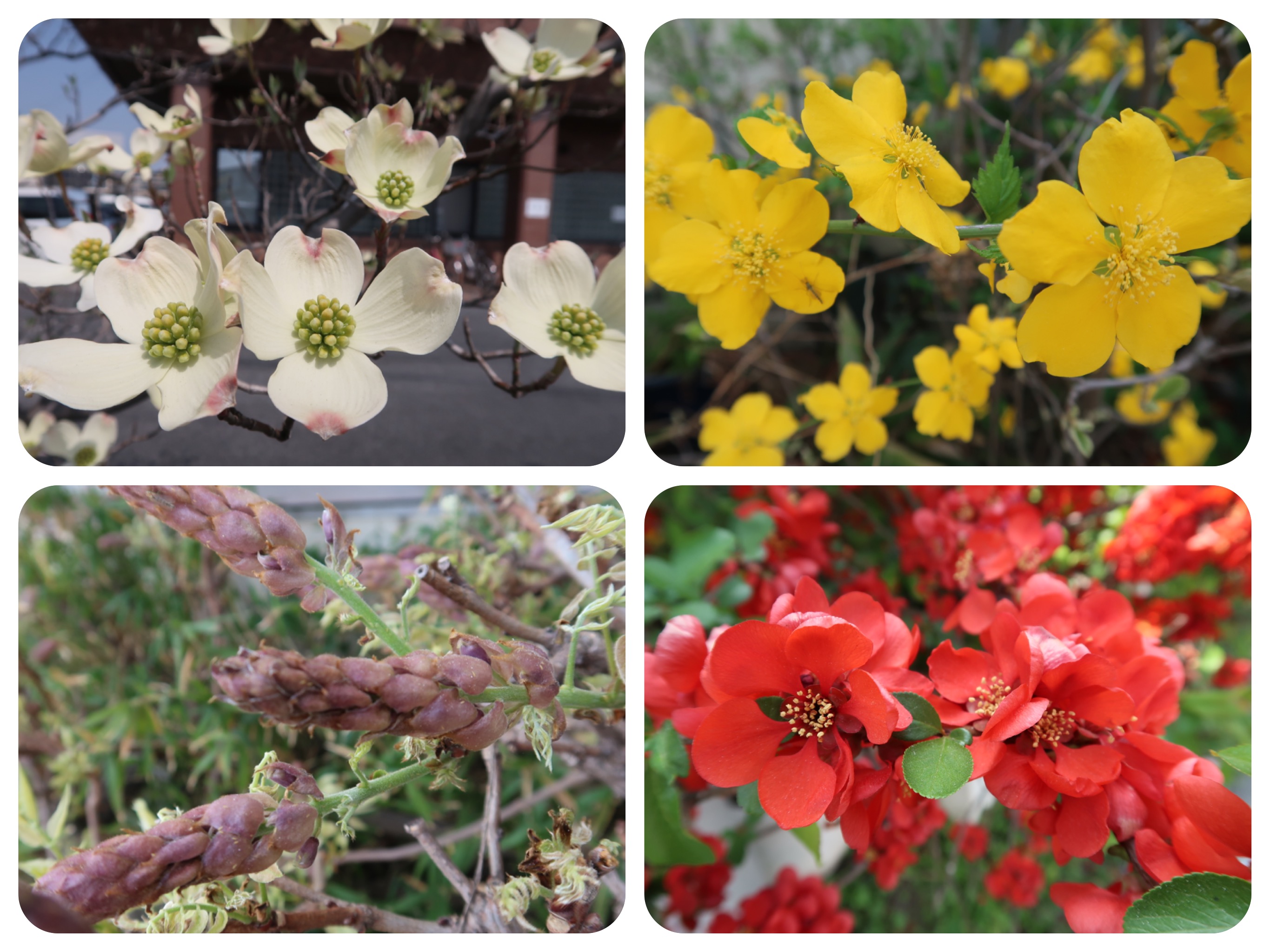
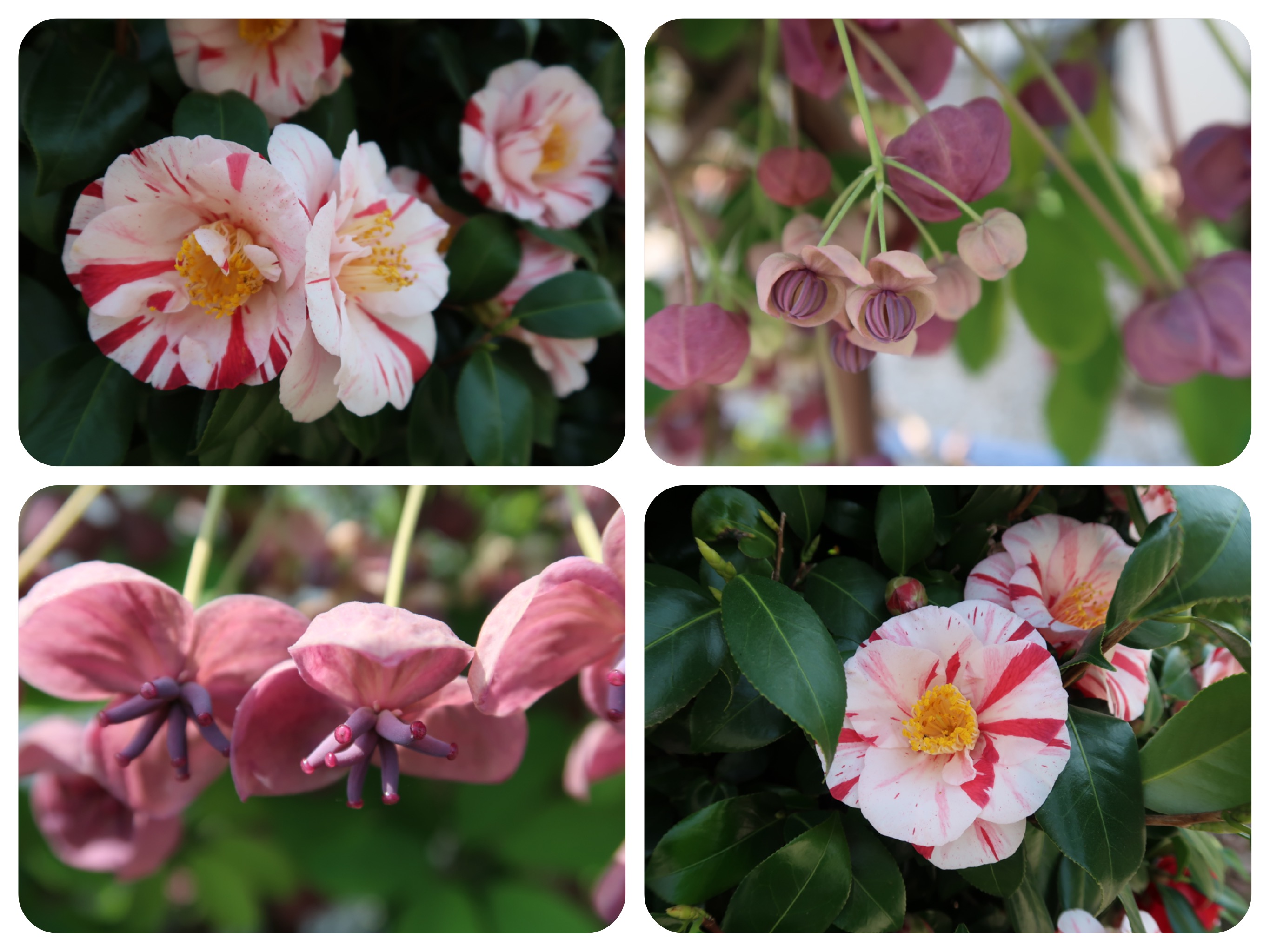
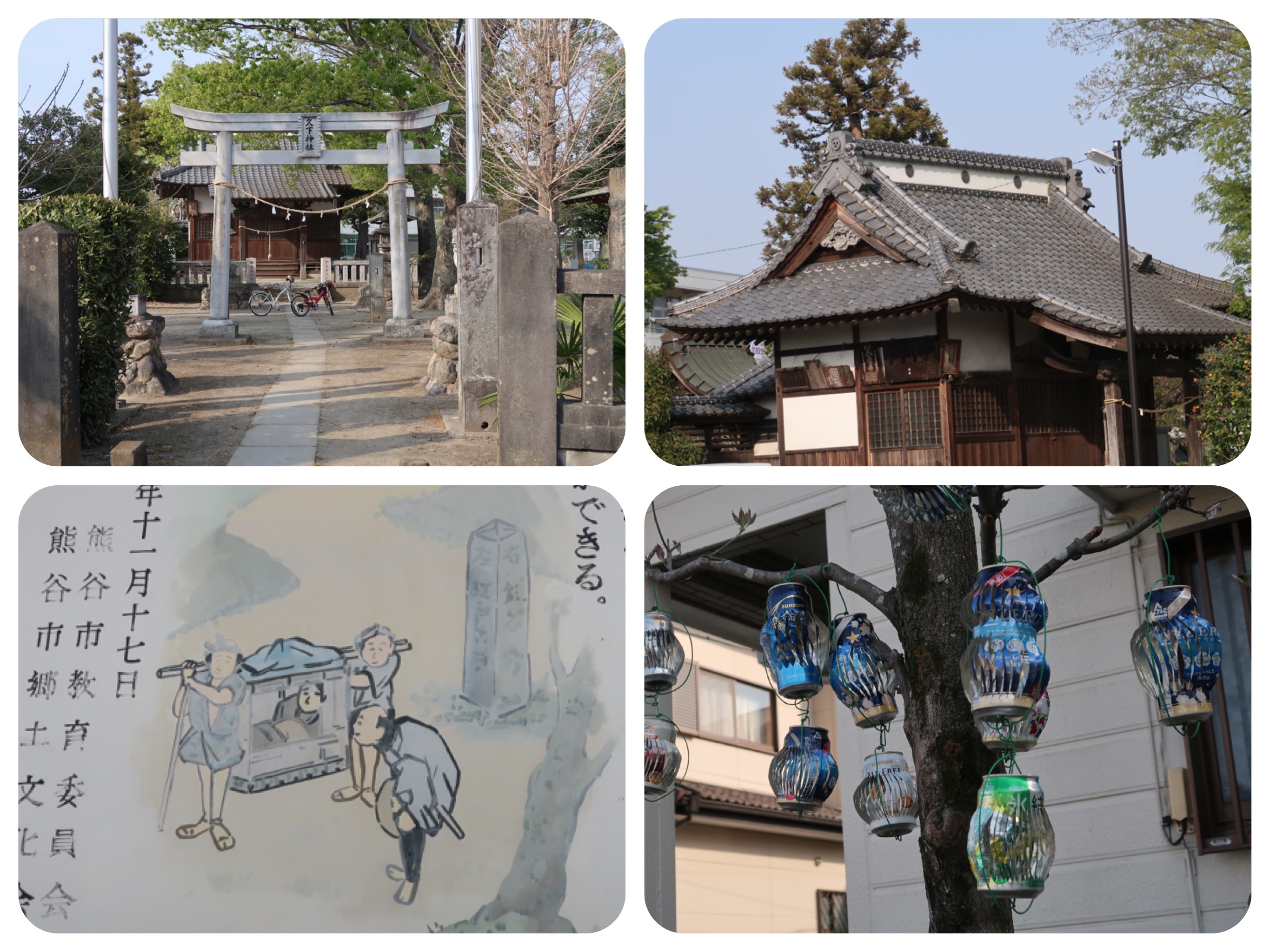
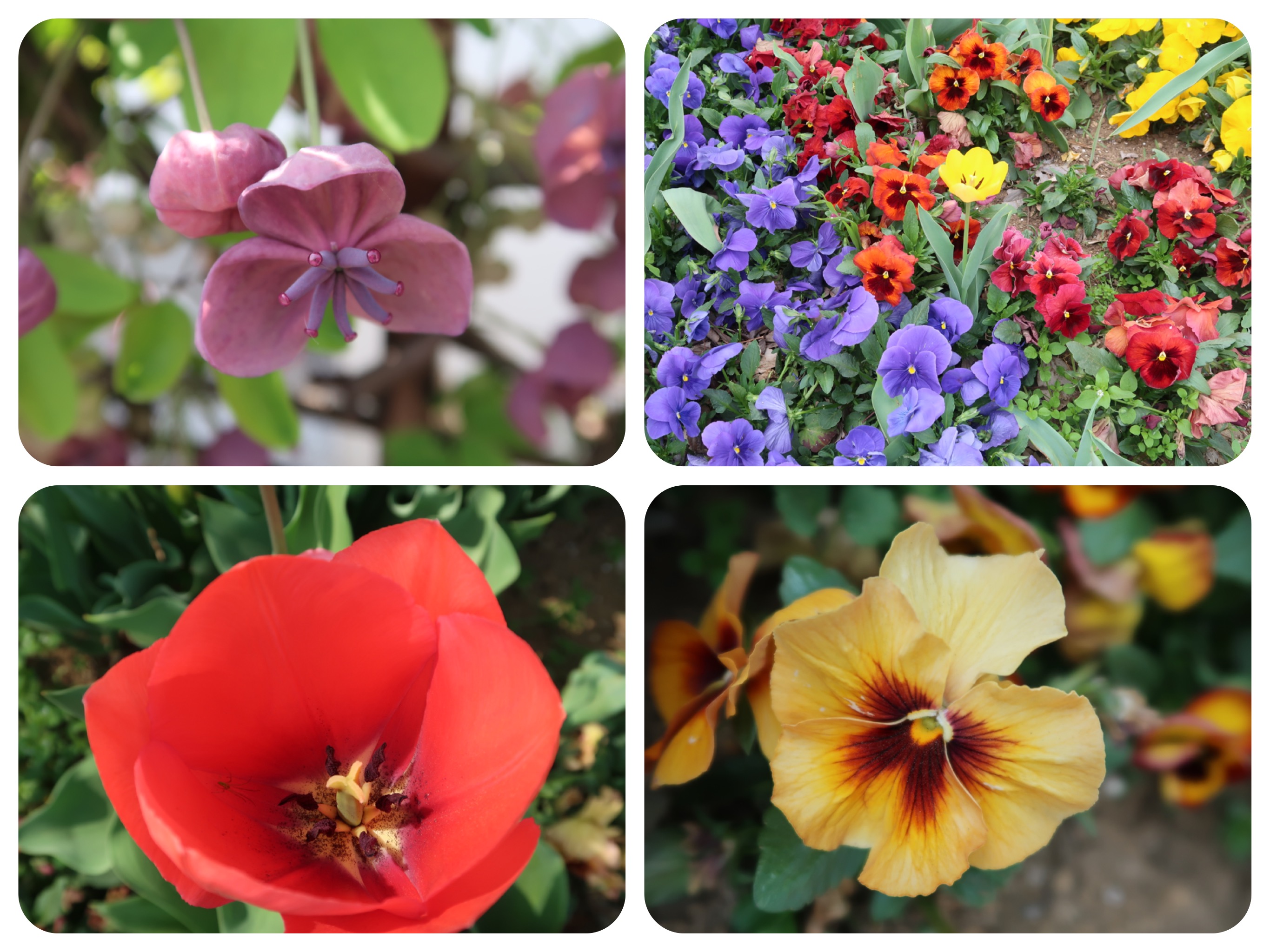
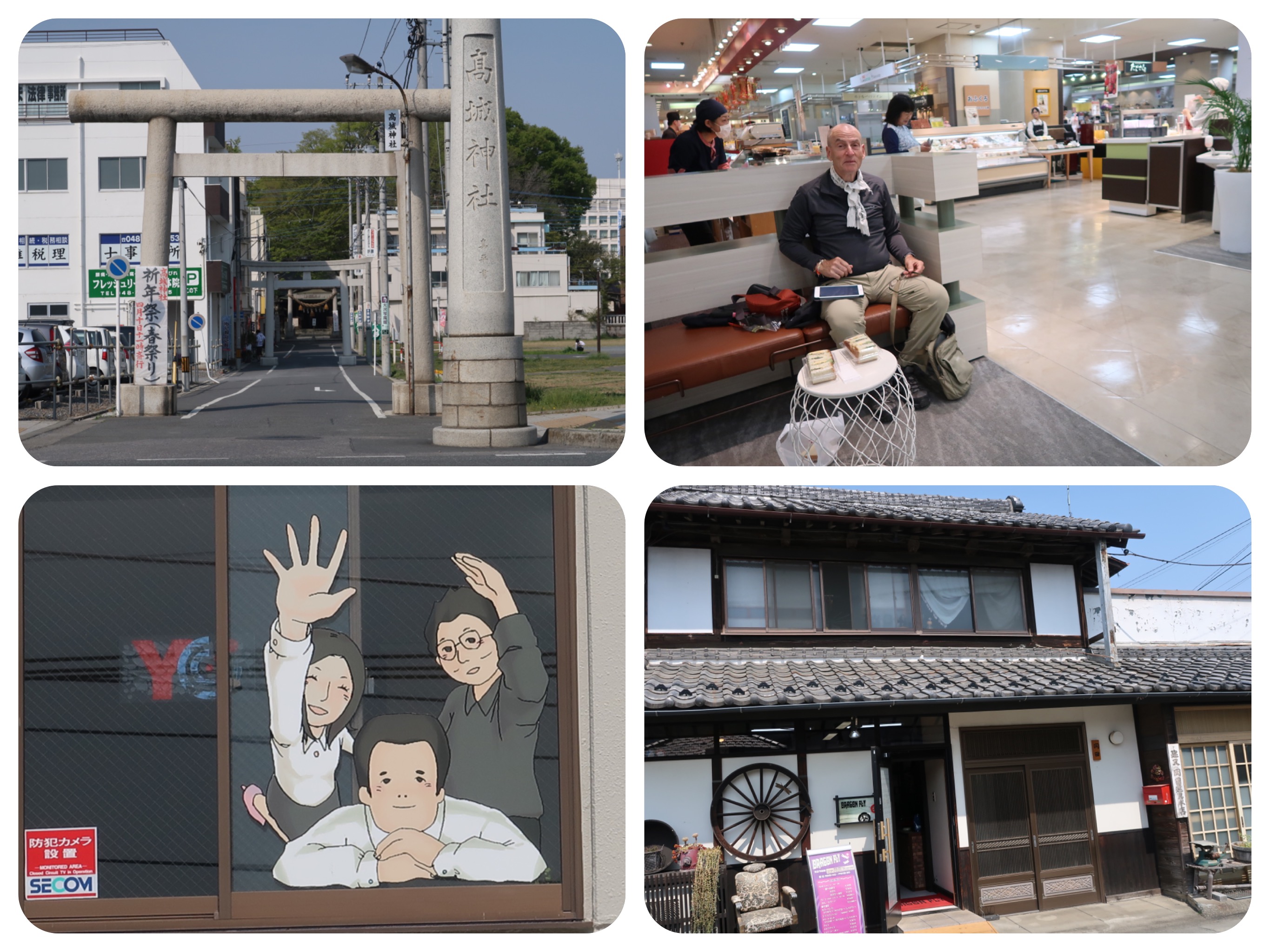
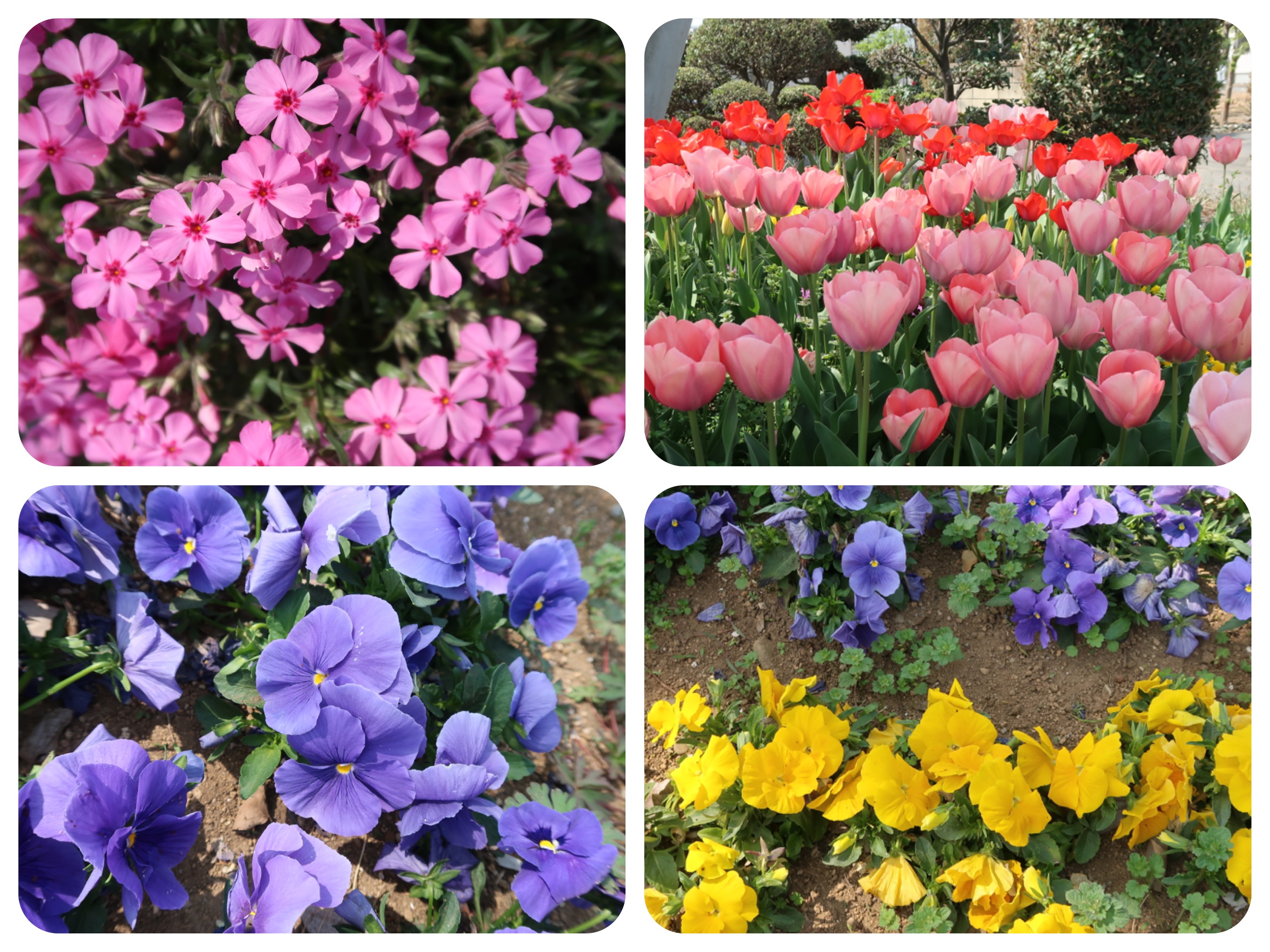
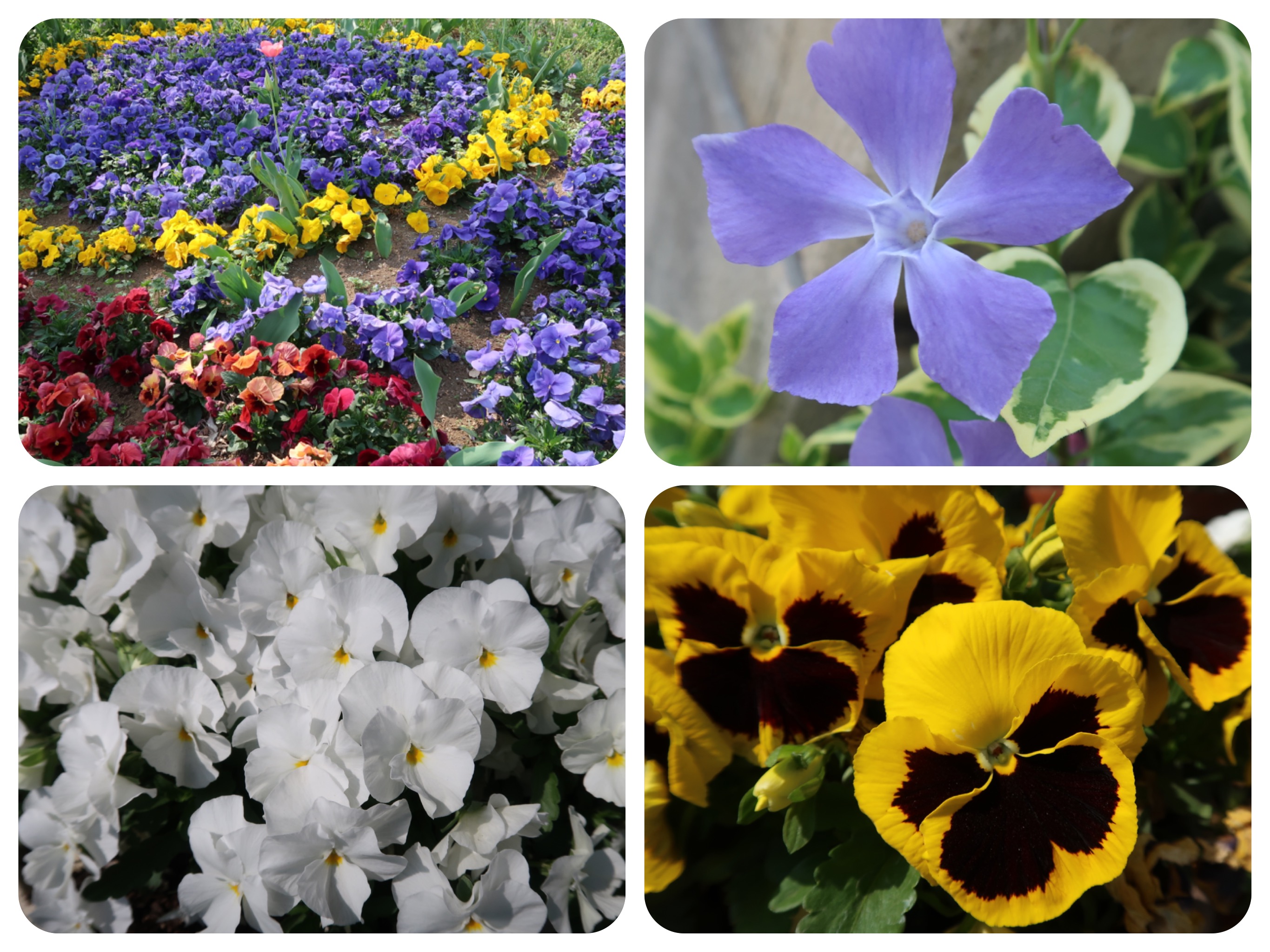
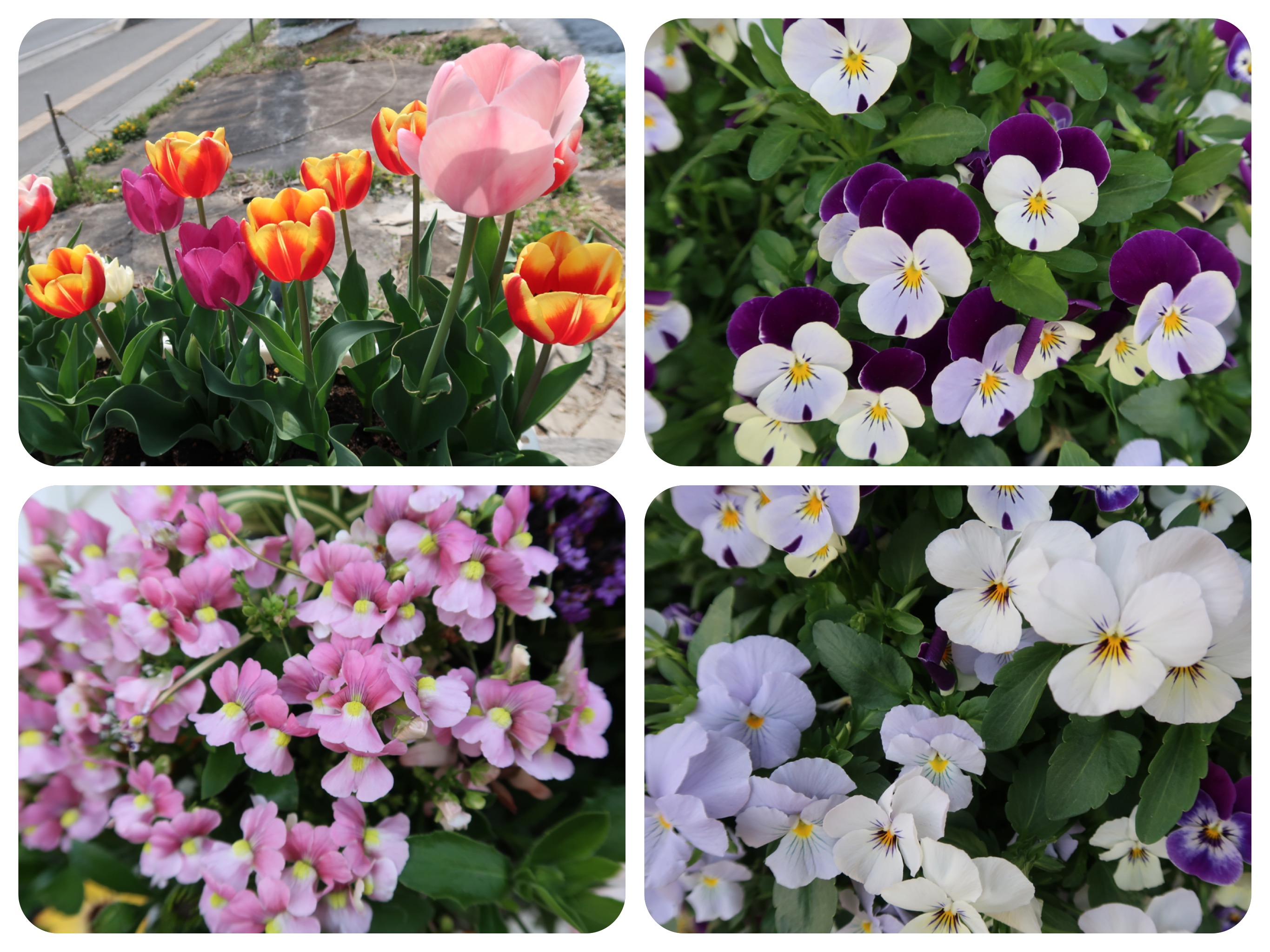
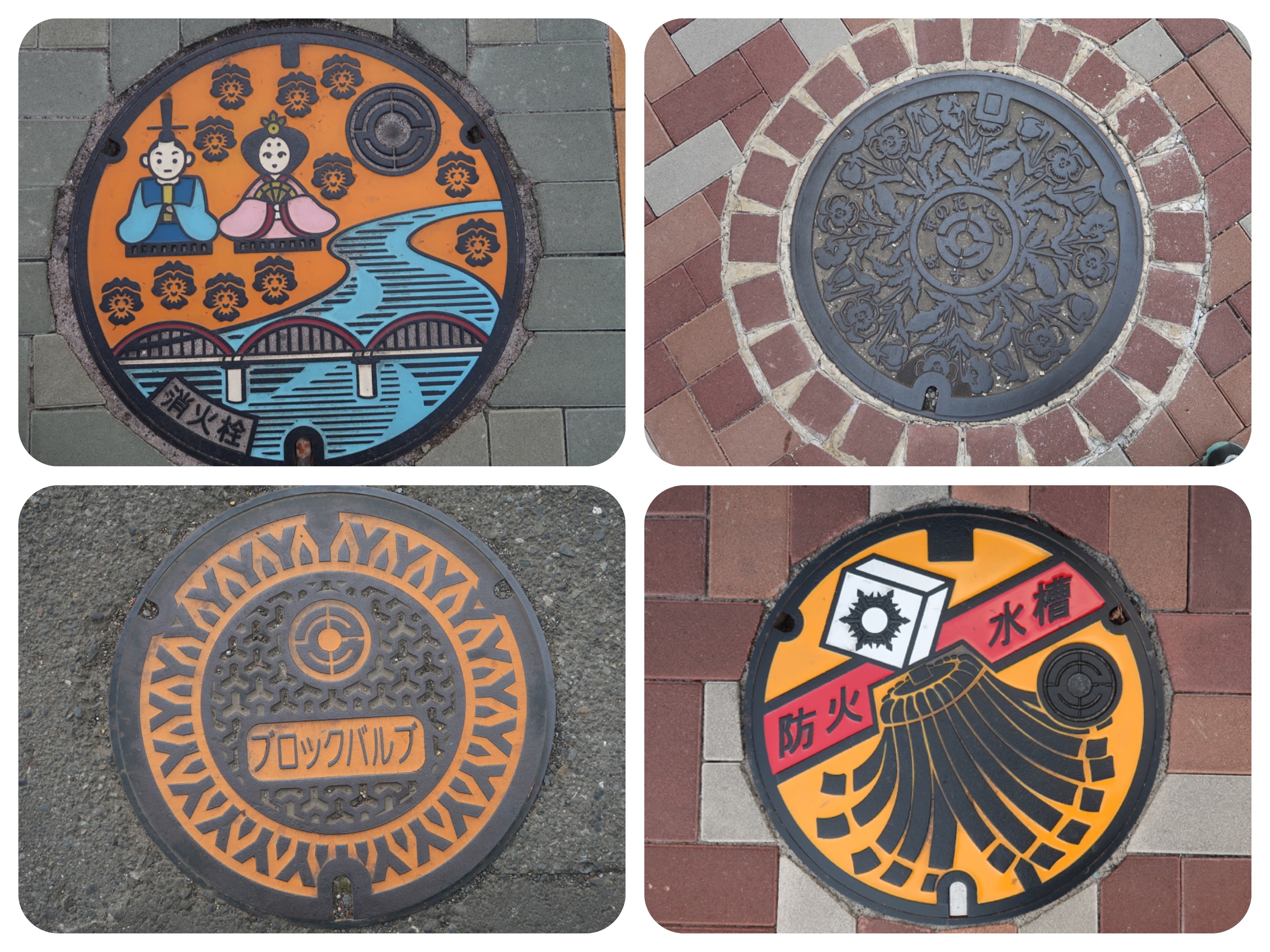
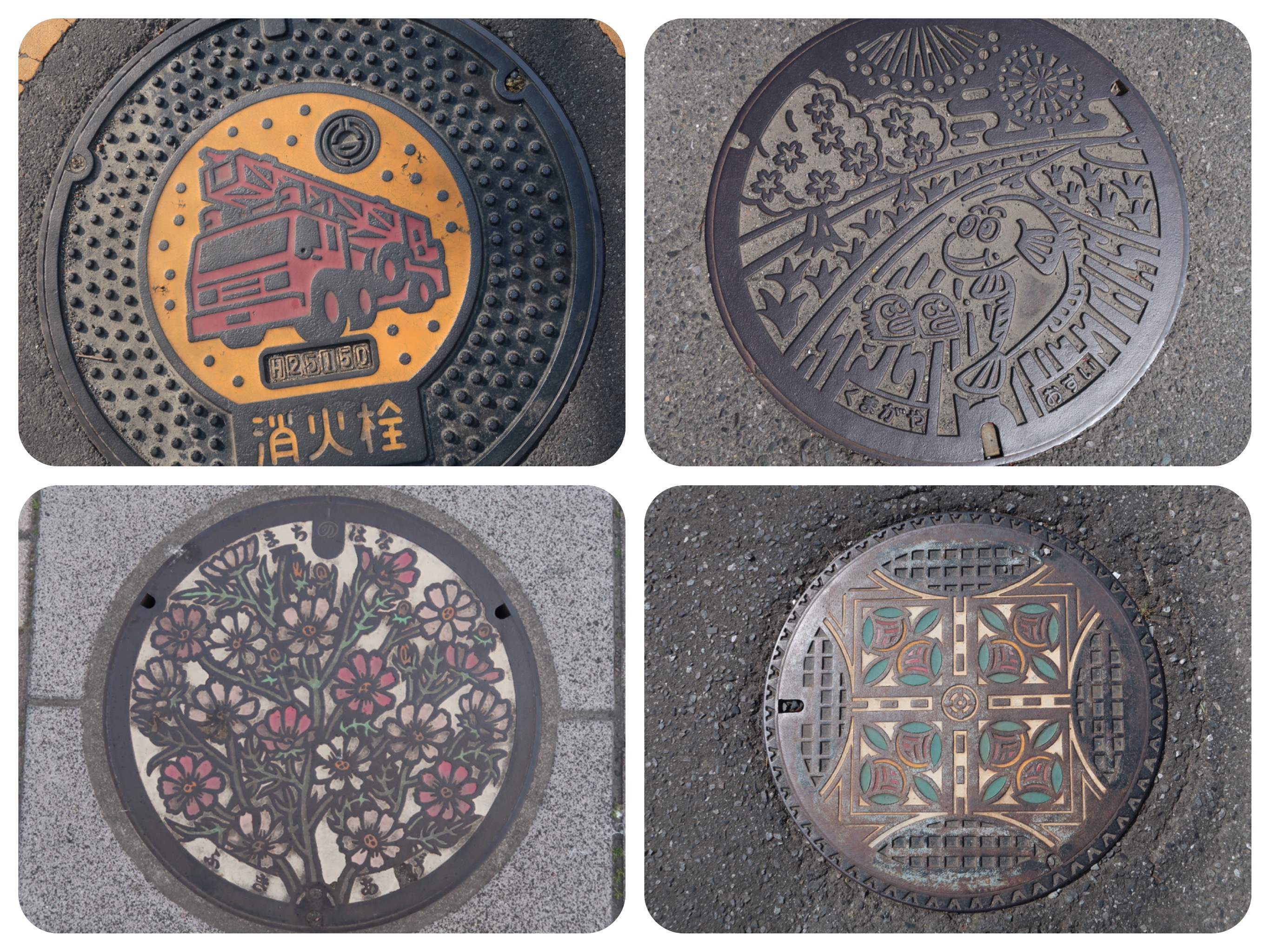
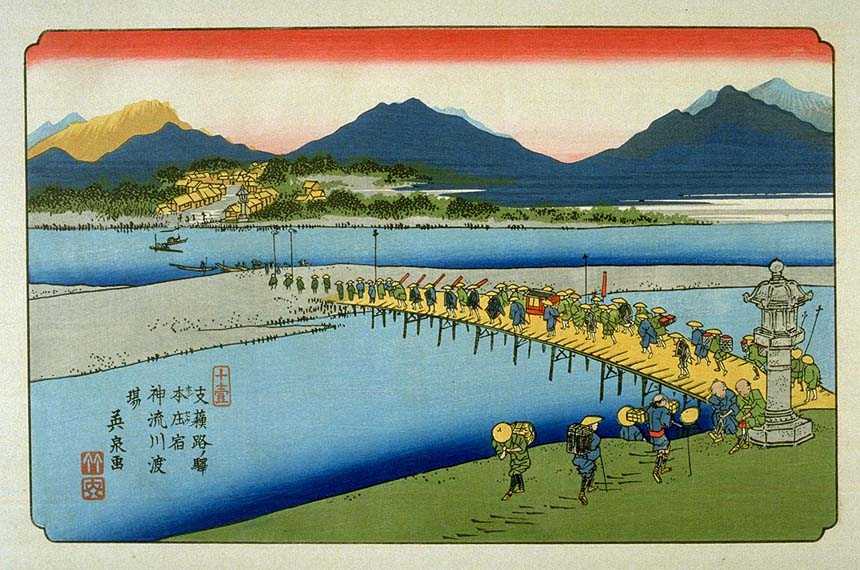
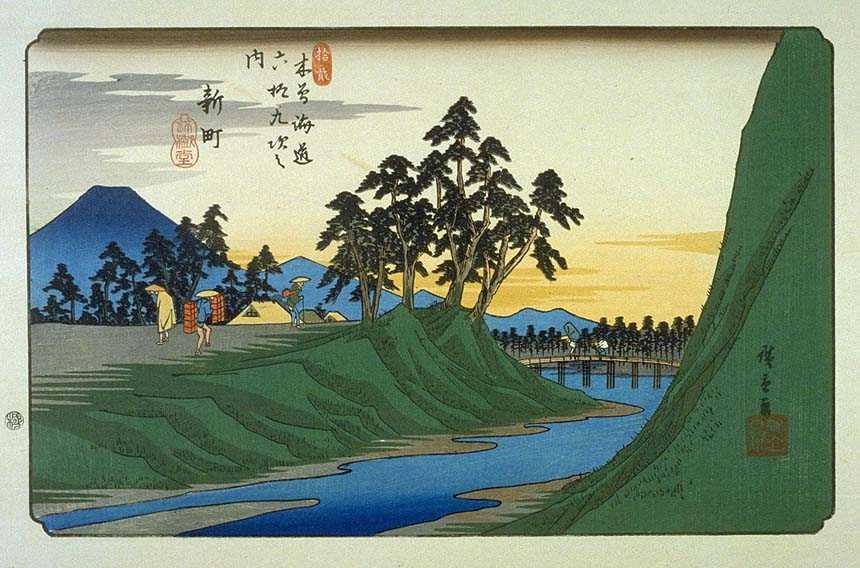
Day 4 - Walking The Nakasendo, Japan - A Hard Day Full Of Raging Emotions
This morning, the blisters on Jules’s right foot did not look good.
The skin is punctured and his foot is red and swollen.
We shouldered our backpacks and headed out of the hotel room.
I told Jules that I am very concerned about him and that I feel sad seeing him waddling forwards.
He answered:
“Wait until my blisters are healed, I will be unstoppable!
In fact, I am unstoppable right now, but only WITH painful blisters.”
I smiled joyfully at his determination.
Breakfast was a healthy mix of pickles, miso soup, steamed rice and an assortment of cooked vegetables.
Walking today was so tedious I felt tired for most of the day.
I found it hard to shake off the negative fixation on my achy feet, my back that hurts, my shoulder that hurts and questioning why we are doing this pilgrimage to begin with.
Whose idea was this anyway, and why are we walking this hot asphalt road that seems to stretch on forever?...
We passed by storage containers, hair salons, traffic lights, and endless styles of manufactured low cost houses with exterior walls that never need painting.
Many hard working Japanese, who work in offices all day long into the night, want to live in these kind of prefab houses.
You do not have to mow the lawns on the weekend, or paint the house or the decks.
Those weekend tasks require time which they do not have anyway.
The result is that the concrete stretch of Nakasendō is filled with unattractive cookie cutter houses that look devoid of soul.
At times, I was feeling angry and sorry for myself and felt like crying, but I kept on walking.
I have been watching all those emotions rising and falling inside of me, like waves in the ocean.
I do not like feeling tired and grumpy.
I told myself that I have no reason to be feeling sorry for myself or for Jules.
We chose to walk this pilgrimage and it is part of the journey...
But I try NOT to silence my feelings.
Instead of listening to music or lectures on my iPod, I listen to all the emotions raging inside me, trying to understand them.
Every time I looked back and saw Jules limping behind me in pain, I felt sad and sorry for him.
Every time I passed a mirror or a shiny window and saw my own sad reflection, I felt sad.
I walked by walls pasted with photos of politicians, advertising their campaigns.
I looked at their smiling faces and thought in frustration:
“What are you smiling at?”
Long stretches of boredom.
I go into every Buddhist temple and Shinto shrine that we pass, just to look at something beautiful....
The urban stretch is ugly.
Some of the houses now stand under huge towers of power lines.
A bit farther, I see that there are some nicer houses.
Their gardens are planted with beautiful seasonal flowers and the trees are manicured and trimmed to look like rounded domes, or circular towers.
Even though they live under huge noisy power lines, they have mastered the art or practice of clipping shrubs and trees into ornamental shapes.... great Topiary art....
In their small gardens, they add elements of beauty like water features or stone sculptures.
We walked by more small clinics and homes for the elderly.
I started thinking again about the helpless older people that I saw.
How come in such a short amount of time, just a few decades, people go from being strong and able, to being so helpless and needy....
In their thirties and forties, they can raise kids, coach baseball or football, run corporations and hike mighty mountains.
In their seventies, just thirty years later, they sit in wheel chairs, frail and unable to walk.
But to be honest, many of the elderly I see in Japan are not frail nor helpless.
I see them hike mountains, cycle around looking very agile and strong.
Some Japanese people in their eighties and even nineties, recently summited Mount Everest.
Obviously it is not a matter of the passing years, it is truly a question of mind over matter.
The walk is long and tedious.
I tried to keep my mind off the ugliness, by looking at pretty flowers.
I started photographing manhole and sewer covers, and flowers growing by the side of the road or in people’s gardens.
Today we saw three other pilgrims.
Two were walking on the road, a husband and wife, and the third man we saw in the basement of the department store in Kumagaya (Station #8), eating a sandwich.
Because we passed by no cafes or places to eat, we also went into the basement of the department store, knowing that in Japan, the basement of department stores offer food, sometimes restaurants, sweets and even room to sit.
This department store had freshly squeezed fruit juices and fresh vegetable sandwiches.
We sat to rest and ate our humble lunch.
The other pilgrim did the same, eating his French baguette, looking tired and travel weary.
By late afternoon, we took a long detour to drink ice coffee and rest at a Tully’s cafe.
Late in the day, even a two kilometer detour feels like a very long walk...
We had dinner at our Onsen hotel.
We ordered a rice bowl with seaweed and pickles, topped with a tempura fried seasonal vegetable patty.
It came with miso soup, and we ordered a Sakura ice cream for dessert.
Then we enjoyed the hot springs until late at night.
Jules wrote:
“The walk today was in the bright sun, and along the mostly commercial road, with few reminders of earlier times, except for several large Buddhist temples and Shinto shrines along the way.
Tali feels that my blistered foot was the main focus or the highlight (or lowlight) of the day.
I was able to keep up, but whenever I stopped, I began walking again with a pronounced limp.
When I got to the hotel and undressed, I could easily see that my right foot, the one with the blisters, was swollen and painful to the touch.
Hopefully, it begins to improve soon!
A bit about the post towns:
Unlike many of the post towns that existed during the Edo period before the creation of the Nakasendō, Fukaya-shuku, #9, was established to be a part of the Nakasendō.
During the Sengoku period, it was home to Fukaya Castle, belonging to the Uesugi clan.
Kumagai-shuku, #8, began as a temple-town outside the Buddhist temple of Yūkoku-ji, which dated from the Heian period.
Kumagai-shuku became a post station on the Nakasendō under the Tokugawa shogunate in 1603.”
Day 4 - Stations/ Post Towns- Kōnosu to Kumagaya to Fukaya
Total walking time 8 hours
Active walking time 5.5 hours
Total steps: 32,045 steps
Daily Kilometer 23.5 Kilometers
Total Kilometers walked to date: 106 Kilometers
Accommodation: Hana Hotel and Spa in Fukaya
Stations/ Post Towns In Saitama Prefecture:
7. Kōnosu-shuku (Kōnosu)
8. Kumagai-shuku (Kumagaya)
9. Fukaya-shuku (Fukaya)
